|
As part of my quest to furnish my wargames table with lots of lovely terrain items in all of the different scales that I use (currently 10, 12, 15 and 28mm figures) I decided that I would need a more permanent and quite frankly more practical solution to storing the numerous batches of linear terrain items that I have been creating of late.
To this end I decided that whatever system I used it would have to fit within the shelving areas I had under my wargames table and on the shelves around the wargames room. Very fortunately I had been given a whole load of old file boxes (about 80, thanks Nick!) that just needed a slight amount of sprucing up that would very nicely accommodate my terrain requirements and also fitted very nicely onto my shelf areas. With this in mind I made sure that although the lengths of linear obstacles that I used needed to be of specific lengths that I could indeed make them also fit into a file box without wasting any valuable storage area. All this is fairly basic common sense really and has obviously been done by many other wargamers over the years, however as most file boxes are around 3 inches deep I thought that at least half the vertical space was wasted as most linear obstacles are only 1 inch or less in height. I then had a Eureka moment and decided it would be a good idea to utilise this dead space but I wanted a simple and inexpensive solution and here it is. Basically I cut a layer of double walled corrugated card from a fruit box (which you can for free from most supermarkets) to fit inside the file box leaving space around it so that it can freely be dropped in and out of the file box, this was going to be the top layer. In one short end I cut out a 'V' shape which would be used as a way of getting a finger under the card so that it could easily be lifted out later. Once done I decided that the underside needed some padding that would stop any scraping of the top layer against the terrain underneath and also help to stop the pieces beneath from moving around unnecessarily. Again freebies from the local supermarket came into play as I used bubble wrap (again from a fruit box) which I decided to glue to the card with carpet tackifier (latex glue), I then trimmed the bubble wrap to size and left the top layer to dry for a hour or so. While the top layer was drying I decided that it would be nice to have labels so I made some and printed them onto self adhesive paper, although normal paper and PVA glue would be just as good. Once the boxes were totally finished they were filled with two layers of terrain and do a great job of storing and transporting my linear terrain items. Even if I had paid for new boxes the whole cost would only be around £2.00 or so as file boxes are quite inexpensive and the other materials are basically free. Here are some photo's to show how they look, as you can see some have 10 -15mm terrain and some have 28mm terrain in them.
0 Comments
For my growing collection of 12mm Kallistra ACW figures I decided to make a selection of typically American terrain items starting with Stone & Rail Fences that would be used to line roads and define the edges of fields. I wanted enough so that I could field larger battles on battlefields at least 8ft wide and they had to fit in with my figure basing system which is for an ACW variant of Blucher and also my storage system which is box files.
So having determined the size and amount of pieces I wanted the first thing to do was to assemble the materials being: small stones, tile spacers, pre-cut bases and thin lengths of split cane from an old window blind. The small stones were glued in a row along the length of each base and once done the tile spacers were glued at appropriate distances along the base. These were then all set aside so that they could dry to a point that the tile spacers were solid enough in position so that the lengths of split cane could be cut and glued in place, and once done everything was left overnight to thoroughly dry out before painting commenced. The whole lot were painted dark brown including the bases and left to dry out for a hour or so, and then a second coat of a medium brown was painted over the wood and stone parts. The stonework was given coat of grey paint and with the same grey the woodwork was heavily drybrushed. Finally the whole lot were drybrushed with an ivory coloured paint to add highlights and a sense of weathering to the woodwork. Finally the bases were treated to some bushes and long grass clumps and finally scattered with suitable grass scatter to give the effect that I wanted. These were extremely easy and enjoyable to make and in next to no time I had built over 20 feet of fencing which I determined was enough as it filled two layers of a file box. The materials cost me next to nothing and overall the effect was really very pleasing even though they were very simply treated in modelling terms. Here are some photo's and a comparison using 12mm & 15mm figures, although disregard the red base on the 12mm as they have yet to have the bushes, rocks and grass added. As part of my large ongoing projects being 10mm Ancients, 12mm Medieval, 10mm Renaissance, 10mm Marlburian and 12mm ACW, I decided to make some Pine forests to add to my ever growing collection of scenery. To This end I bought 300 small scale pine trees of different colours & sizes to add variety to each individual base of trees, of which there would be 100 bases in total. I had already made the larger forest bases as I have 100 bases of deciduous trees which I currently use, but I wanted Pine trees to add to this as I hadn't any at all.
To make the individual tree bases I simply cut 40mm circles out of Marley tile and then cut 35mm circles from 3mm thick high density foam which I got for free from supermarket pizza base bottoms. The foam was then chamfered to make a seemless rise in the base and glued on to the Marley tile with carpet tackifier which is a latex rubber glue. Once dry I pricked three holes in around the base for the trees to fit into and then took the smaller trees and glued them in place with the tackifier and left them to dry. The process was followed until I had 3 trees on each base and they were all left overnight to thoroughly dry. I must point out that it is best to do this in batches of around 25 to thirty as some of the cutting processes can be quite tedious. With the trees dry I decided to glue down some rocks with tackifier and left them to dry out so that I could paint the whole of the bases including the rocks with dark brown paint. The rocks were then painted grey and drybrushed with a pale linen colour and various bushes added for effect. Finally the base was again painted brown which was used as the glue to attach the scatter material and that was it. Here are some pics to show how they look and some figures to give a sense of scale, just click the images to enlarge them. This is the last of the recent bundle of Space Wolves figures and vehicles that I recently painted, and it was a nightmare to do as it required assembling and painting in pieces before the final weathering and varnishing effects could be done.
These are some Space Wolves Characters and Predator Tank that I finished painting recently and sent away to their new owner.
I have recently finished painting these and sent them off to one very happy customer today. The dreadnought was a little tricky at times to construct and paint as it had to be done as separate pieces, but the wolves were an absolute delight to construct and paint.
As Christmas approached a couple of months ago I was scratching my head as what to get my best pal Nick as a present as I usually make him some sort of scenic piece or paint up some figures for him. We had been playing Frostgrave and wanted to make him something for that so I thought about a storage box for his figures which was magnetic so that he could transport them from his house to mine.
After one game we were talking about where each of our warbands were going to be holding up while not ferreting through the ruins of the city and he said that his would be at a pub, 'The Broken Drum' to be exact. That got me thinking about making the storage box in the shape of a pub, something that would safely store his warband, cards and dice between games and with a bit of thought and planning could also be used as a terrain piece in its own right. At that time I had purchased some Dave Graffam buildings on PDF and there was a very suitable pub building in with the lot that I bought and so I used that as the basis and plan for the build. I decided to cut out an exact replica of the pub in foam board and glue it together and then down to a hardboard base as this would strengthen the model and make it usable as a carry box. Next I printed off and cut out the model parts onto good quality paper and using PVA glue I glued in place all of the walls. With this done I cut the roof out of very thick card and glued supports in place, once done the roof sheets were pasted down and trimmed. The chimney, dormers, balcony and wood bunker were all pasted to cereal packet card and cut out, assembled and glued in place. For the interior I painted the walls and with extra sets of doors & windows I glued copies where all the door and windows would be on the inside. I then put in the floor which was cut out sheets of magnetic fridge magnet material and glued in place finally covered with flagstone effect paper. After that I painted the top edge of the walls and the underside of the roof black or grey where the roof hung over the walls. The next thing was the pub sign which I made the bracket out of balsa painted to fit in with the rest of the building and a pub sign of 'The Broken Drum'. When the model was finished I painted it all over with acrylic matt varnish for protection and once dry the base was finished off with scenic scatter, bushes and flowers. All in all it took a lot longer than it would to make the original building kit, but the extra effort was well worth it and does tick all the boxes for what it was intended for. Even at an angle of 45 degrees the magnetic sheet holds figures perfectly in place and I know that it will get plenty of use in the coming years. I recently decided that it would be nice to have some windmills for some of my 28mm games and wanted something that would look good and also be fairly generic and easy enough to make and as I didn't want to spend around £30.00 on an unpainted resin model or £15.00 on an unpainted MDF kit, I decided to make one instead. I liked the look of Spanish style windmills and there is an old mill near to where I live which although red brick is a similar sort of style, so I decided to make one of each and here is what I made, and yes the sails do turn. If you really like these windmills then they are actually for sale on the 'For Sale' page of my website at only £15.00 each as I have since made some more windmills of the exact same style for myself.
These figures (a mixture of Perry Miniatures plastics and metal) I painted for a customer before Xmas but I only made the Flags a few days ago. As I didn't have any flags I decided to make a new range of ACW flags starting with 3 sheets covering the Union 'Stars & Stripes', next will be some sheets for the Confederates covering the Stars & Bars and the Battle Flag. As time goes by I will start adding more sheets to cover State Flags and Cavalry Flags & Pennants.
A bit of a weird title, but nonetheless quite apt when you discover the details of this posting, and without beating around the bush it's all about trees and the use of old (or even new) Christmas trees. Basically, just over three years ago I was sorting through the Xmas decorations in readiness for them being put up when I discovered one of the trees had an issue with its legs, a missing one to be exact, and as it was old I decided to throw it out and buy a new one. As is the usual way with wargamers all over the world I started looking at it wondering how to use it productively in my hobby and obviously came to the conclusion that trees could be made from this tree. Not much of a leap to be fair, but it was a leap in the right direction, so I duly set about cutting all the little branches up with my heavy duty clippers. What I ended up with was lengths of branch between 4 and 6 inches approximately and lots of them as it was a six foot high tree. The next thing was to assemble the tools and materials needed to transform these into useable model trees being: a jigsaw, drill, hot glue gun, metal ruler, paint brushes, pencil, heavy duty clippers, sharp knife, PVA glue, sandpaper, lengths of 4mm garden canes, 6mm MDF board, scatter flock and an old newspaper. With all the tools and materials assembled I cut lengths of cane between 4 and 6 inches long, trying to vary the lengths but not have any waste from the 2 foot long lengths of cane. Once done I sorted out the lengths of branch so that I had a pile of short lengths and a pile of long lengths, this makes things much easier as you make the trees. Next I took a small length of branch and a length of cane and wrapped the branch around the cane about 1 inch from the top and then I bent one end up and one end down as per the photo's below. Then I took another short length and again wrapped it around the cane about half inch from the top and bent both ends of the branch slightly upwards. This was followed by another short length wrapped just below and this time its branch ends were left facing at right angles to the first ones and bent slightly up. At this stage I had the top of the tree done so I took another short length and placed it parallel to the trunk overlapping what was left of the first piece of branch going down the trunk. I took another piece of branch and wrapped it around the trunk securing the trunk piece again bending the branch ends slightly upwards. At this stage there was no glue involved as the branches held each other in place, again the photo's below help explain the procedure. So, I carried on down the trunk adding new branches at about three quarter inch intervals until I had enough left to look like a lower trunk. This I repeated until all of the branches were used up. With the trees made I decided to make bases, now these could be single grouped, removable or done in any way I wanted but I decided to go for groups of between 3 and five trees. I simply took my MDF and marked a 3 inch grid in pencil, after which I marked a circle roughly at the centre of each grid square. Then I marked on the shape of each group of trees rounding off edges and making the group shapes look more organic. Once done and happy with the configuration I took the jigsaw and cut them out, trimming off any unwanted bits. With a sharp knife and sandpaper I bevelled the edges of the bases and and sanded them until they looked nice and neat. I took each base and drilled out an hole as marked at the rough centre of each grid box and lightly sanded them to take off any burrs. with the bases totally ready I started gluing the trees in place with my hot glue gun, making sure the bottoms of the holes were well filled with glue and any extra trimmed off with my knife. At this stage I had 53 trees each between 5 to 8 inches tall all ready to be flocked. Now this could be done with spray glue and flock, but I used PVA glue and a paint brush, which to be fair was quite quick and easy to do especially as the trees were on bases. The PVA also glues the trees to each other which helps to strengthen them. The last thing to do was to texture the bases and that was it, 53 very large trees for the price of an old Xmas tree and some pretty cheap materials. As you can see in the photo's above the trees are pretty large and imposing and look far more natural than perfectly shaped bottle brush trees. As for getting trees, now is a great time of the year to shop for such things, and I do happen to know that on ebay you can get them for less than £15.00 including postage. Also look out for them being sold off cheap after Xmas at various shops.
|
AuthorStephen Wylde BA (hons) Archives
April 2020
Categories
All
|
Proudly powered by Weebly

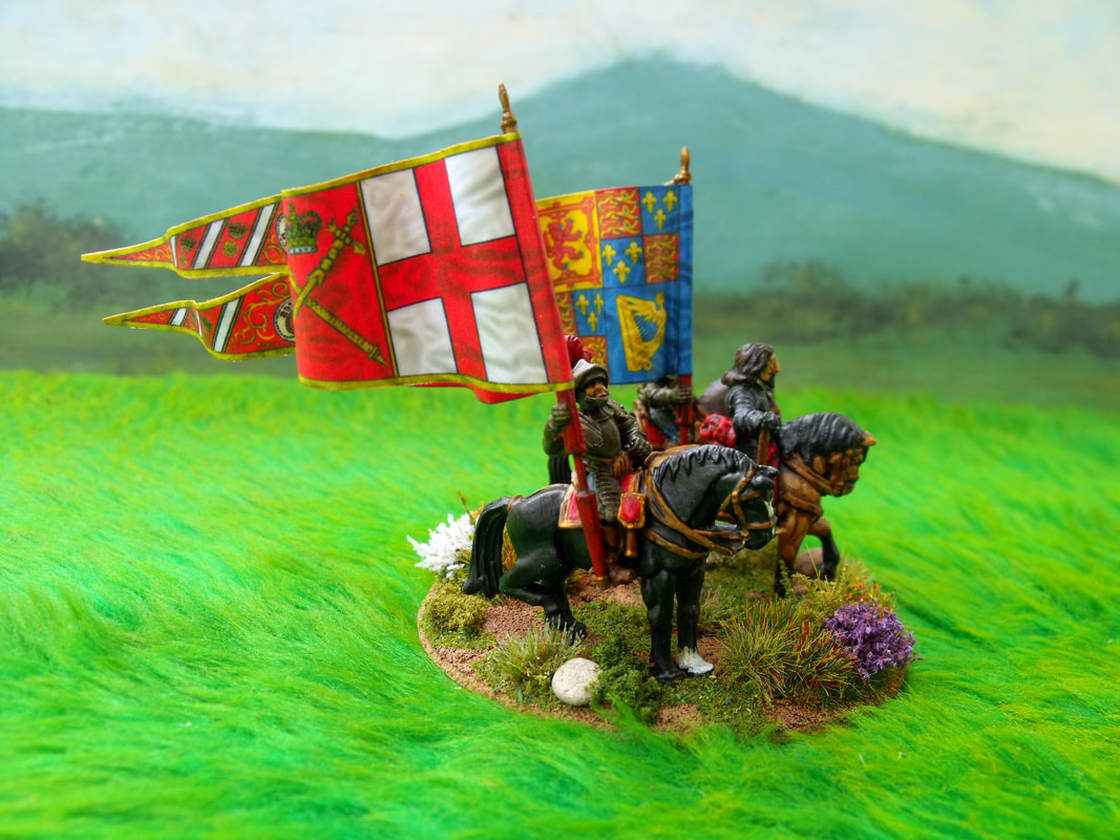
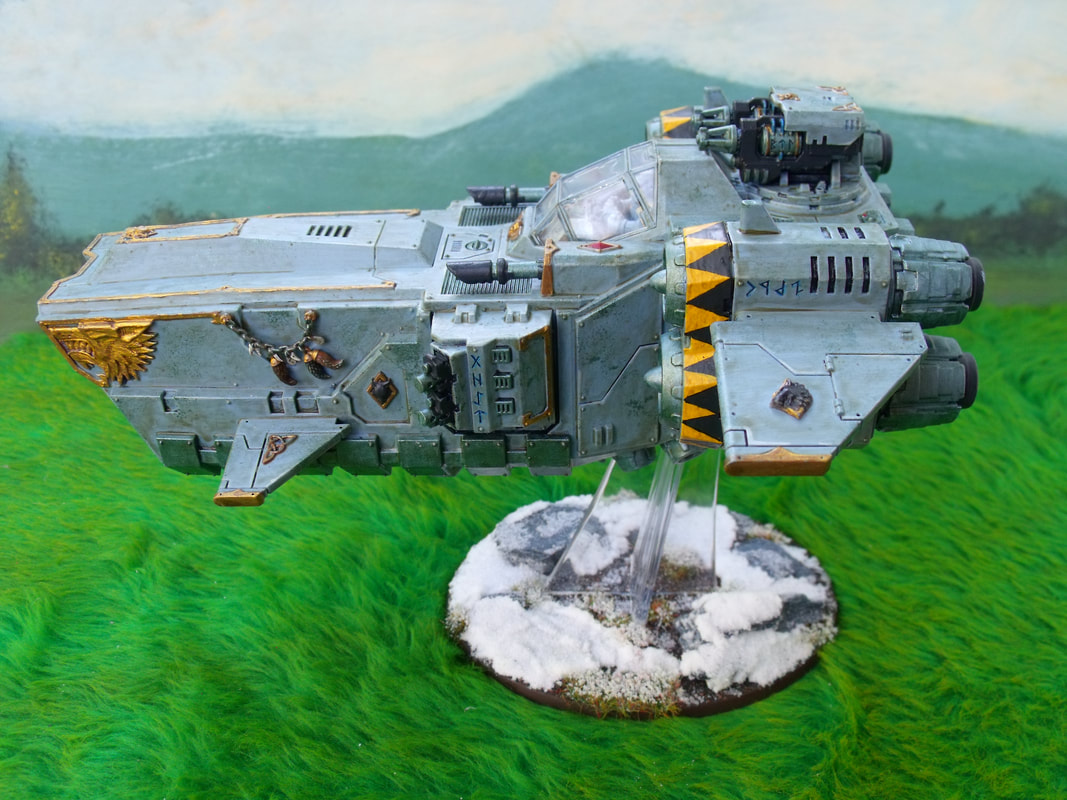
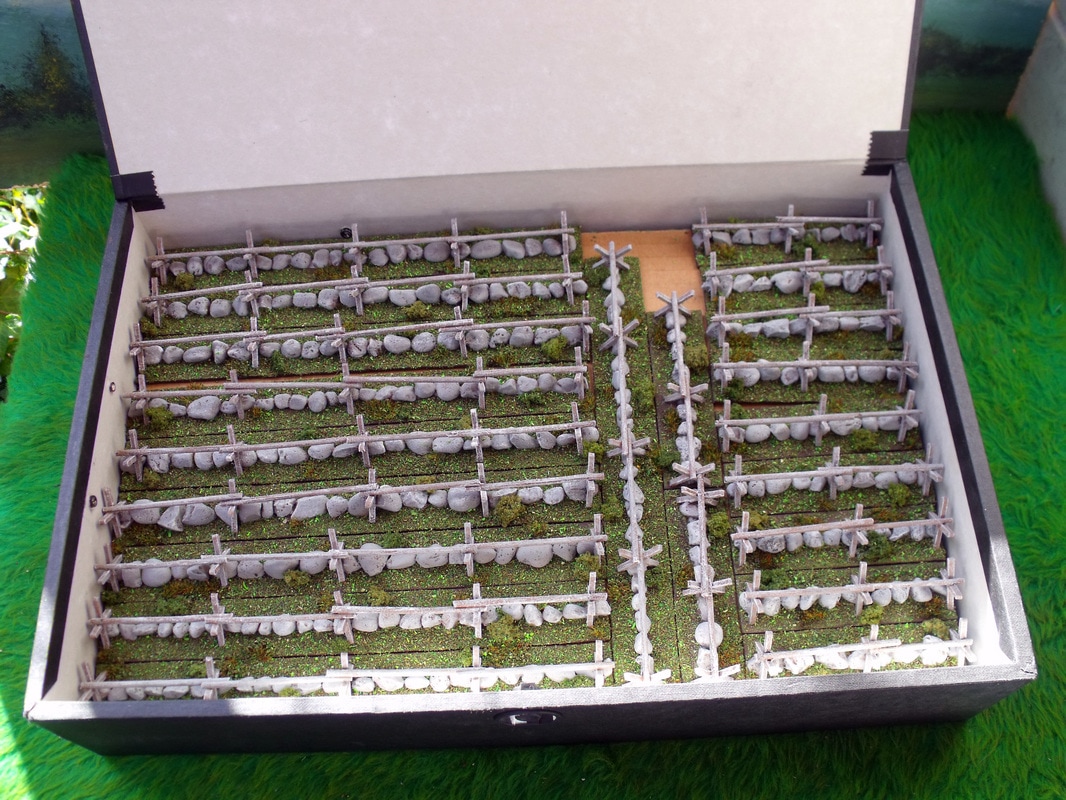
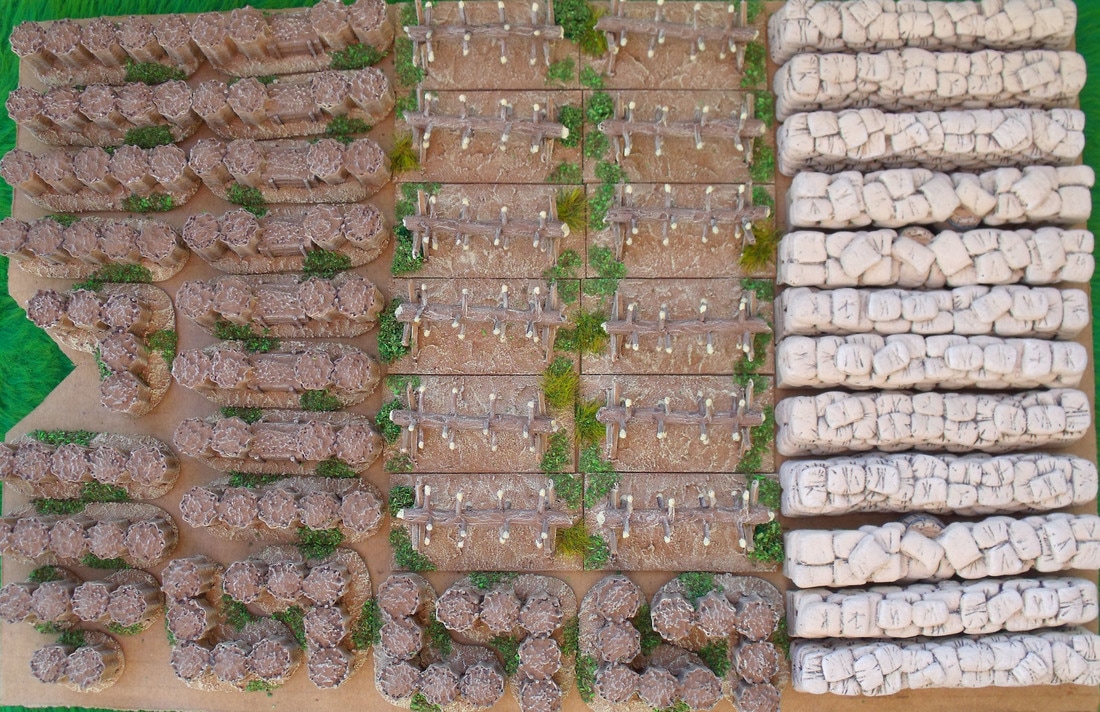




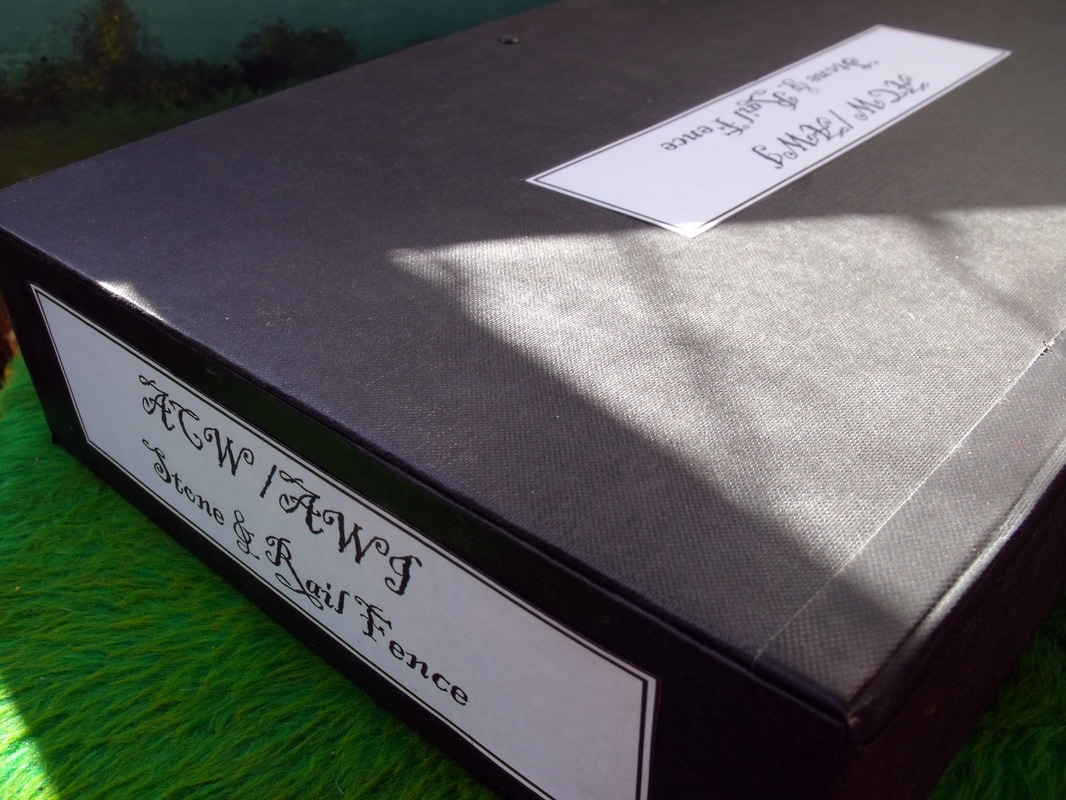



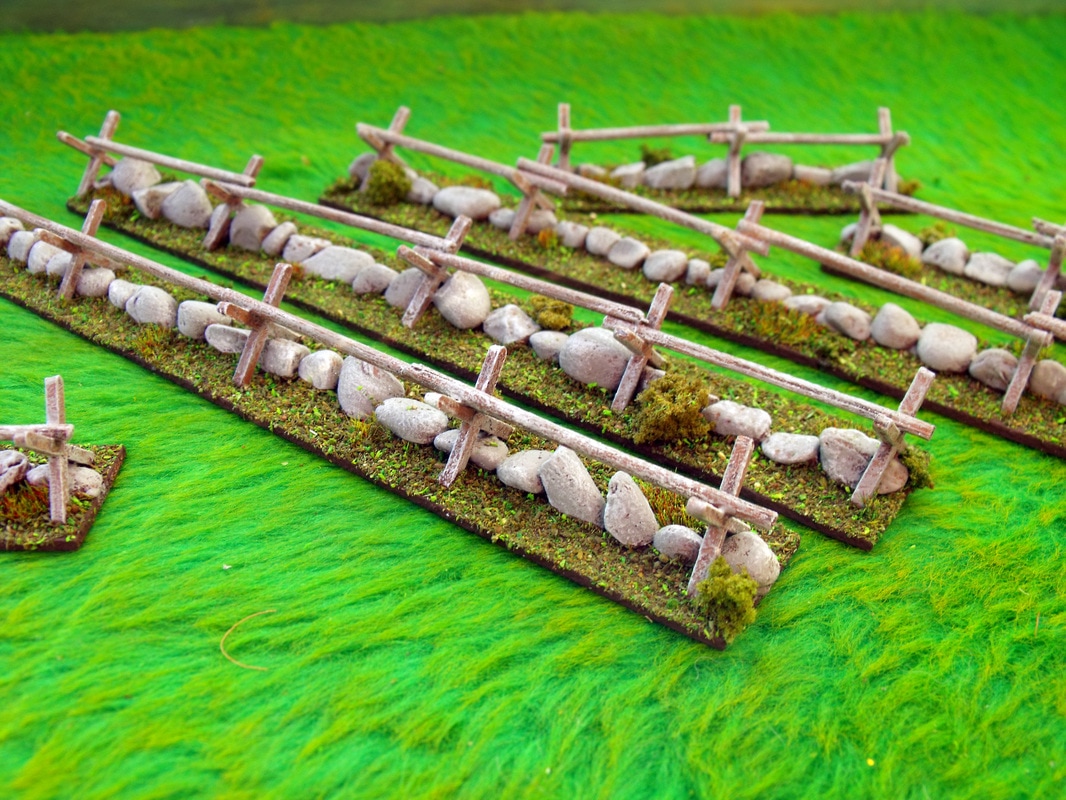
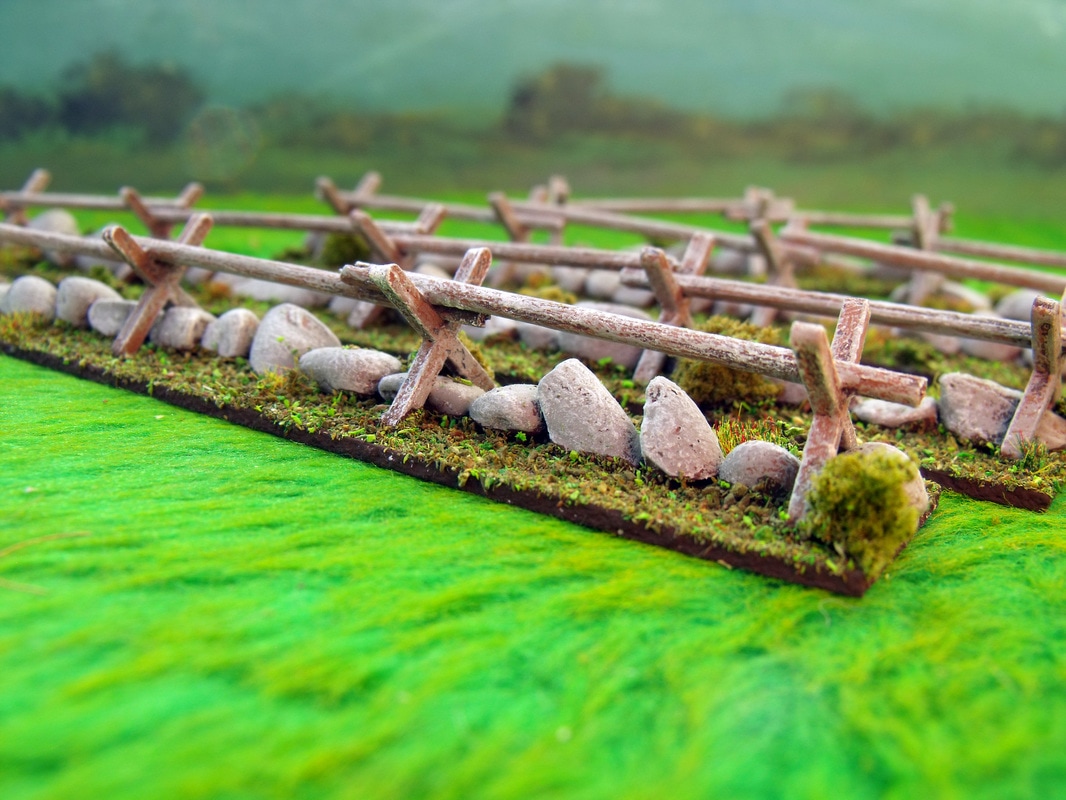
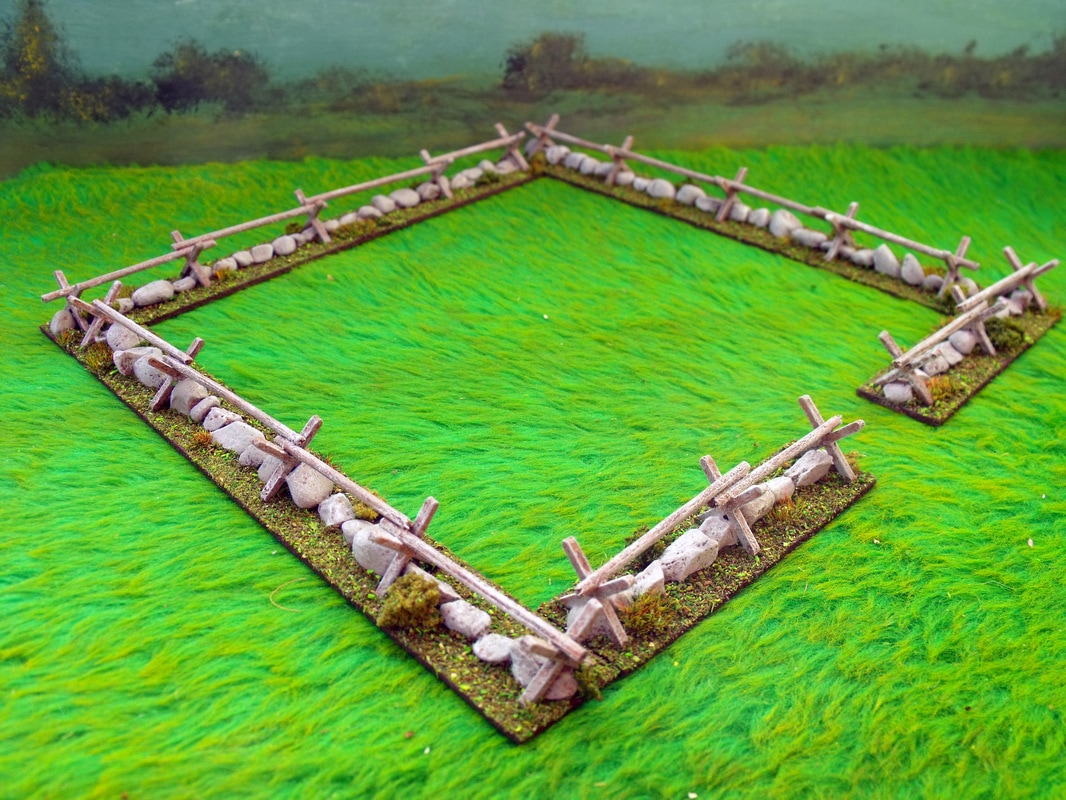
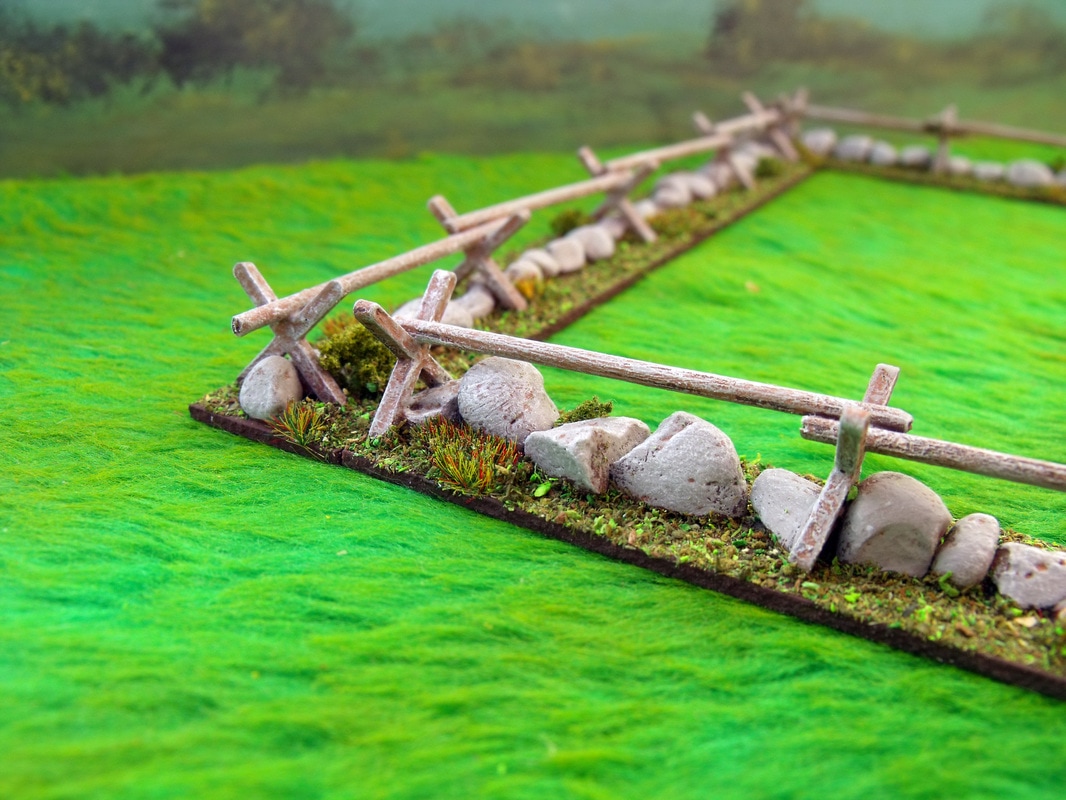
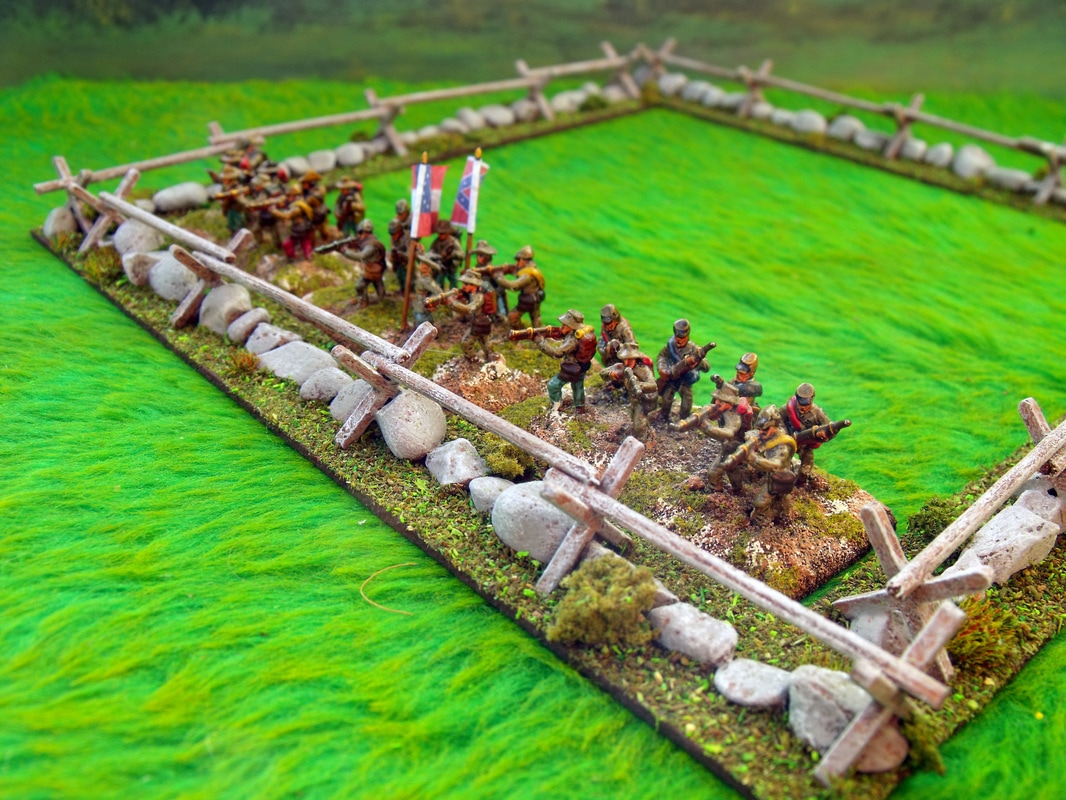
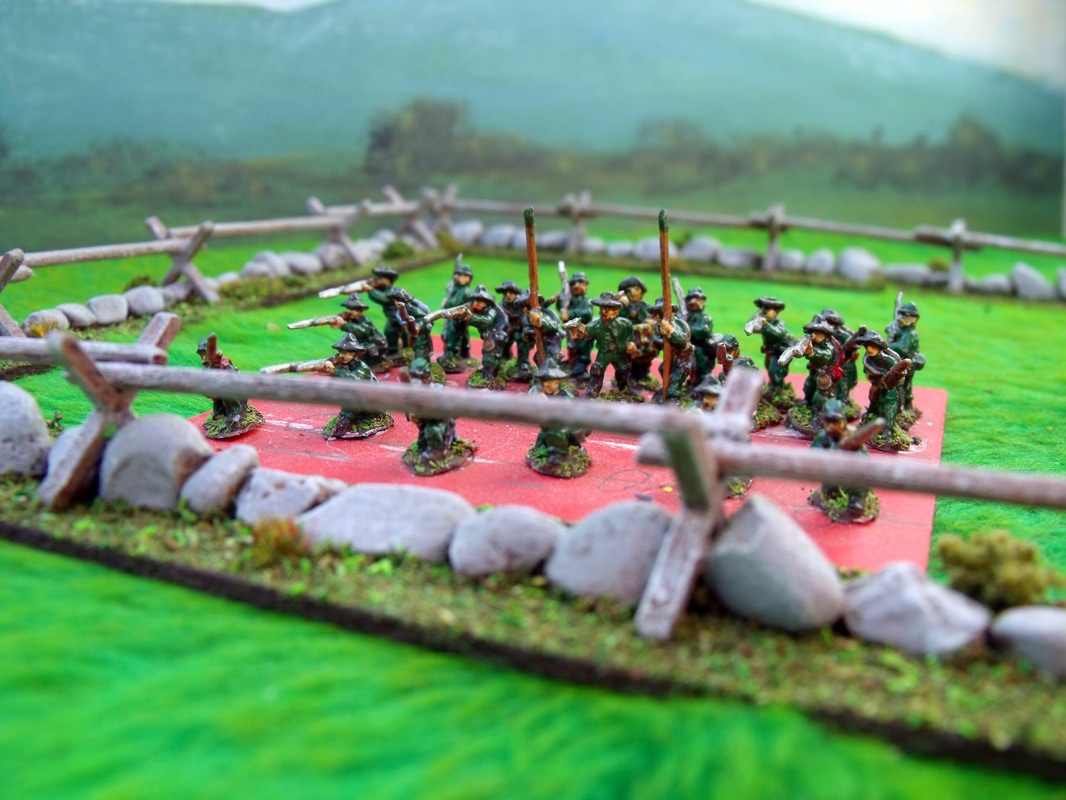
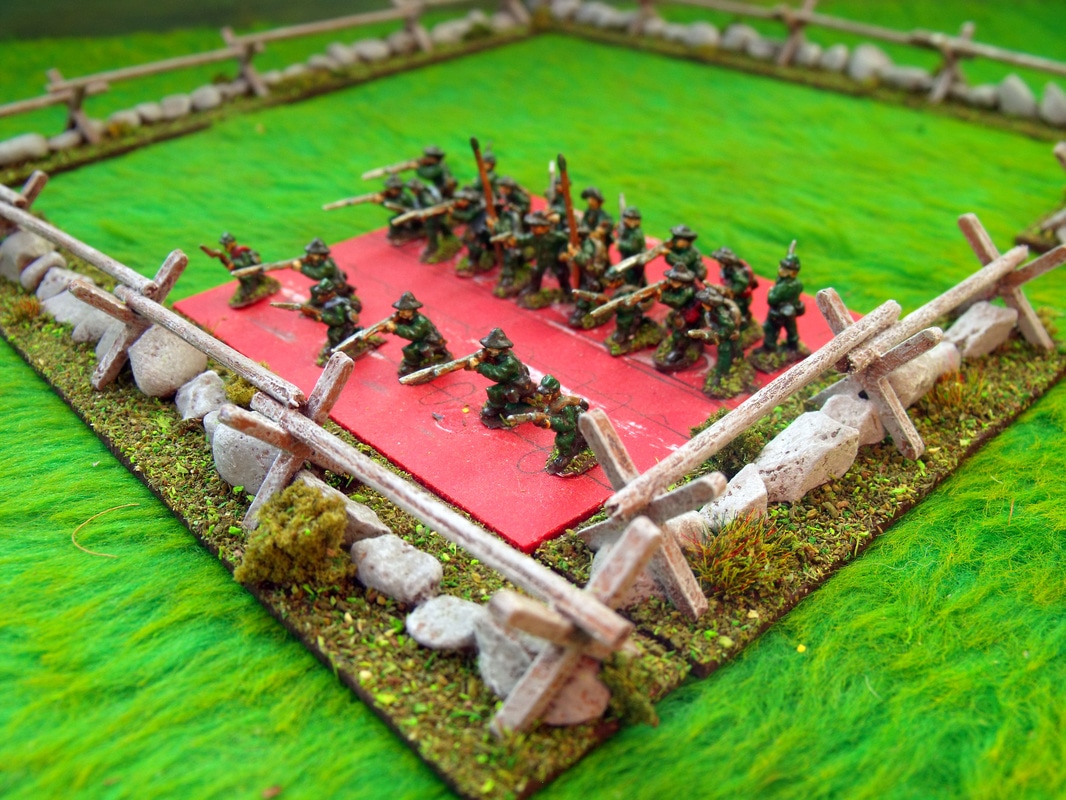
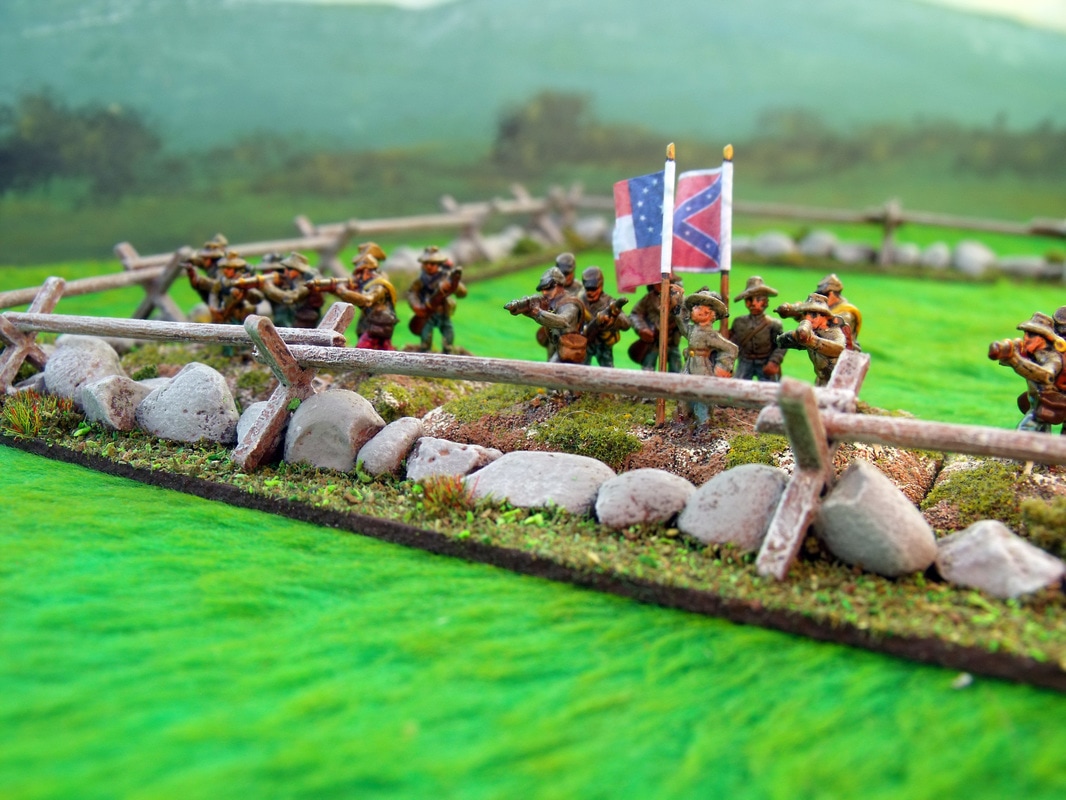




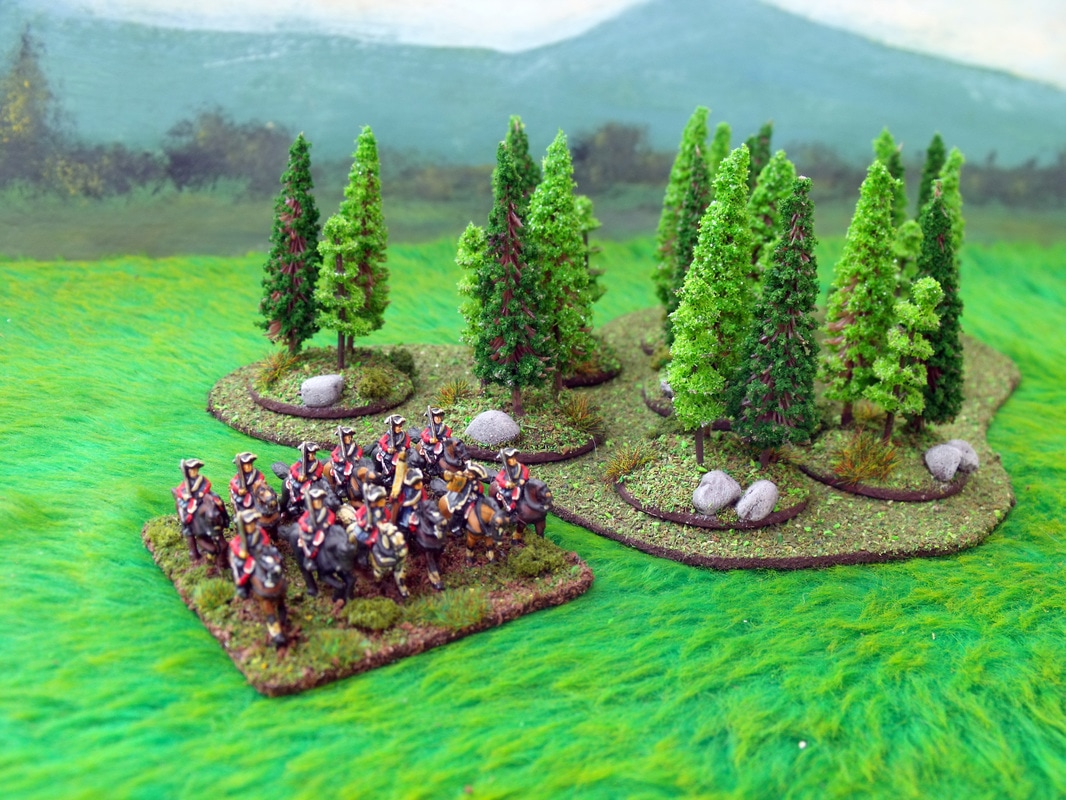
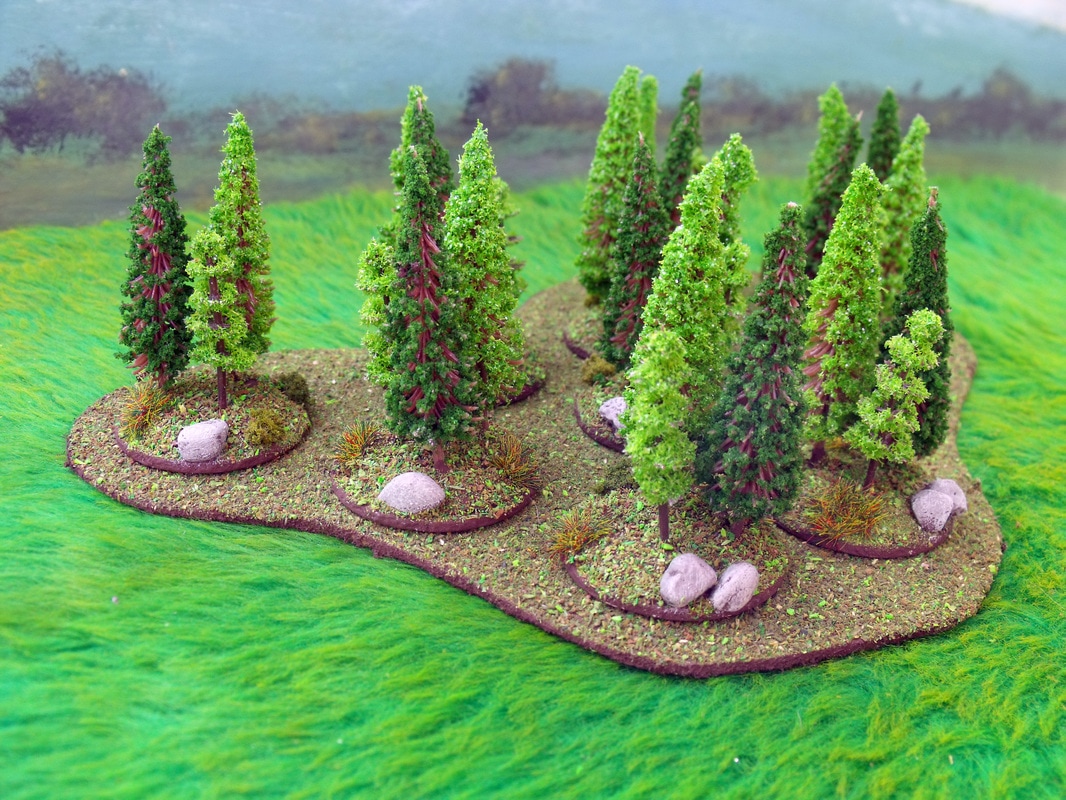
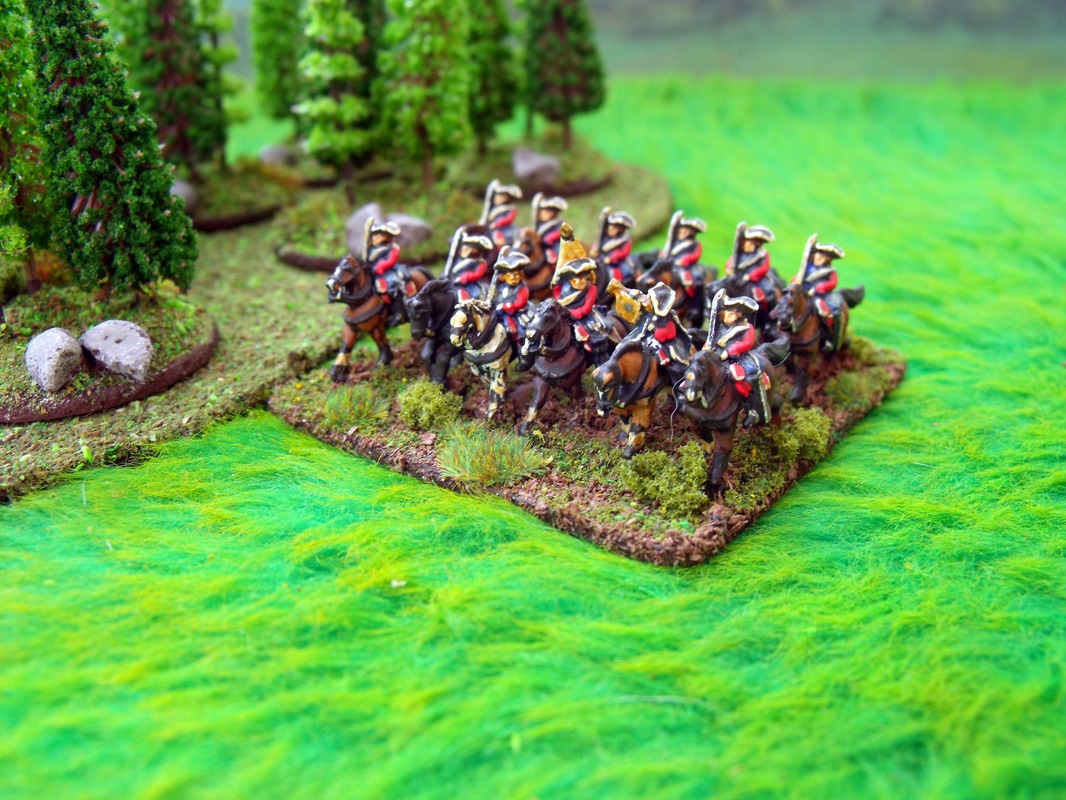
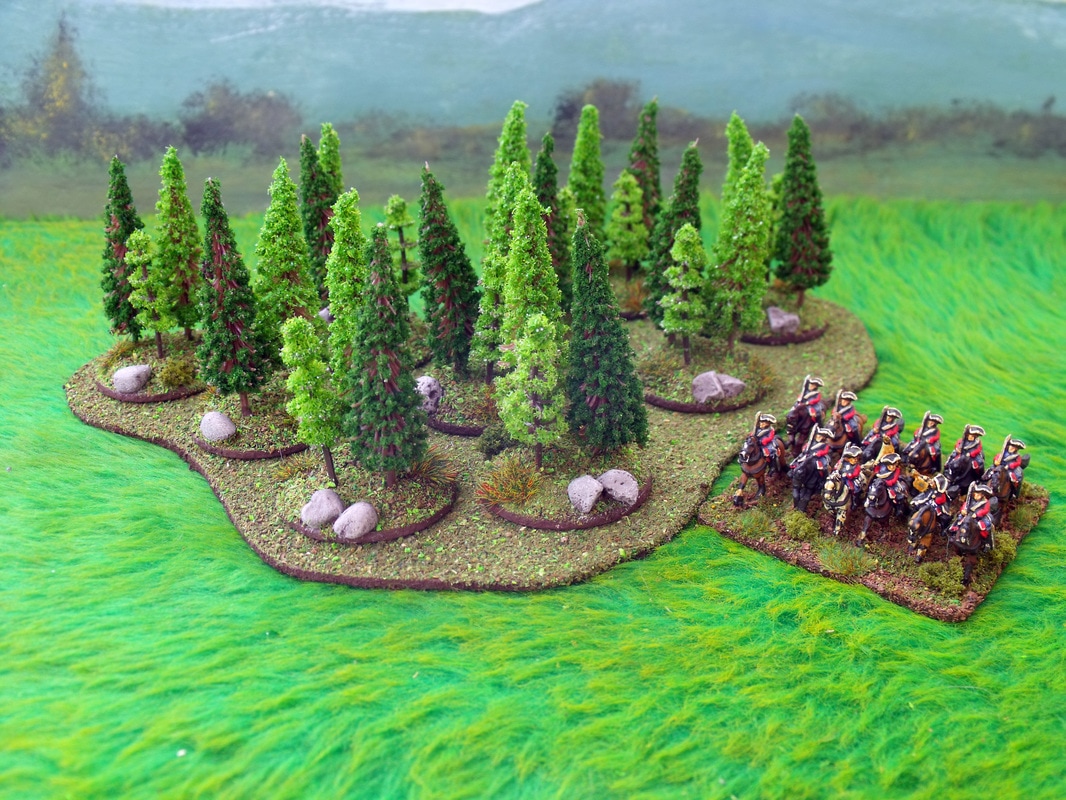
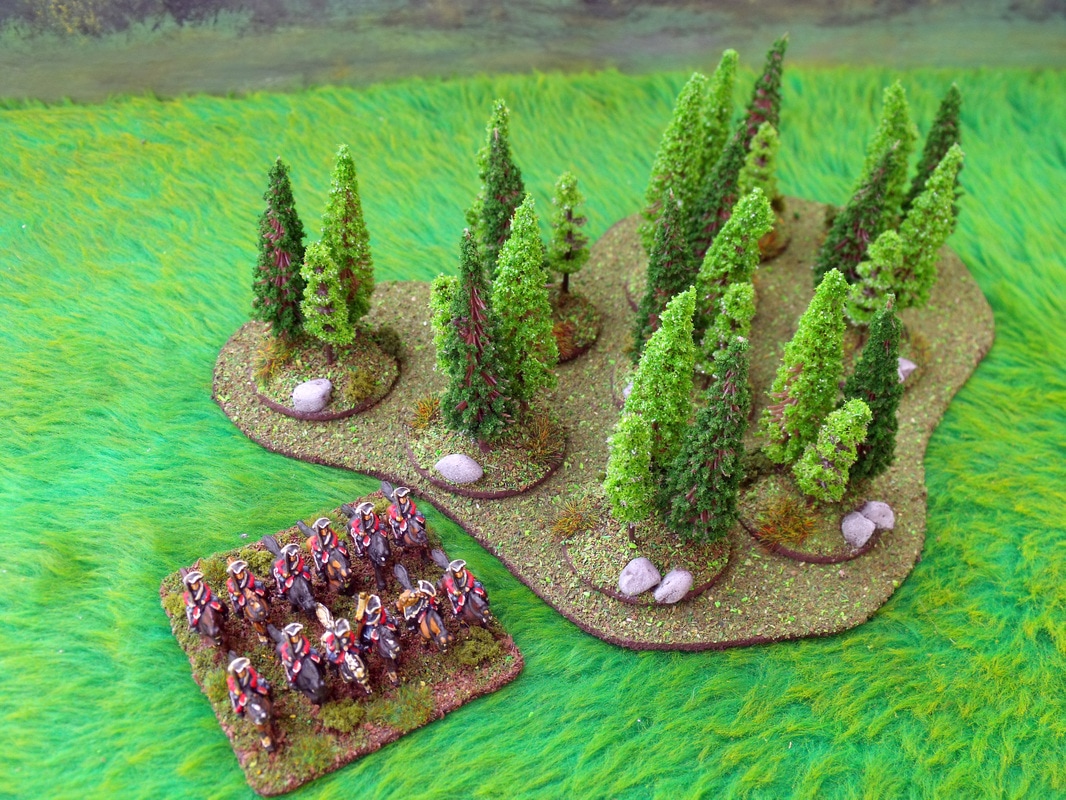

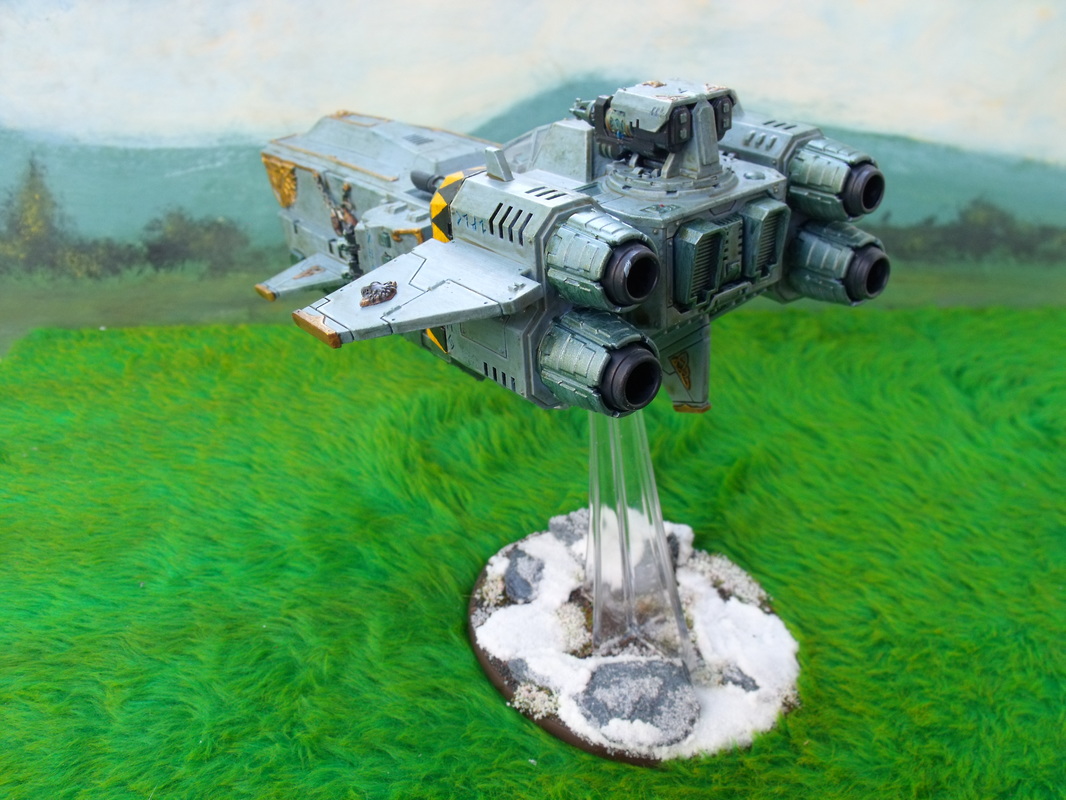
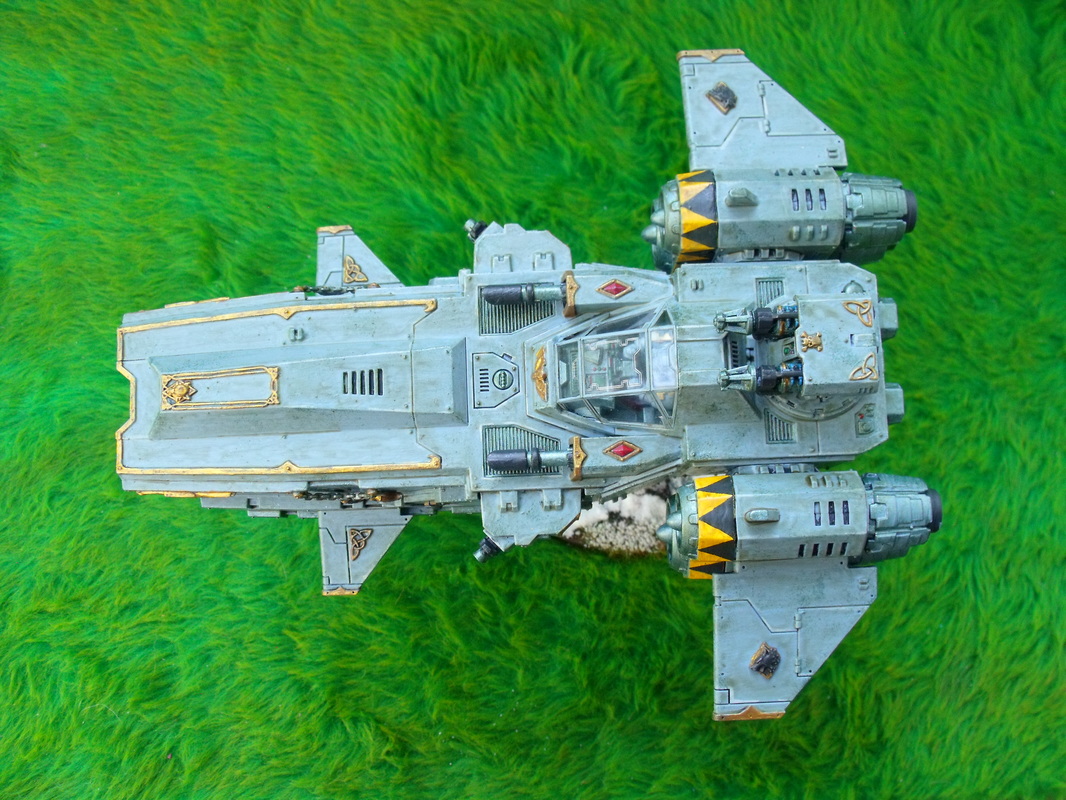
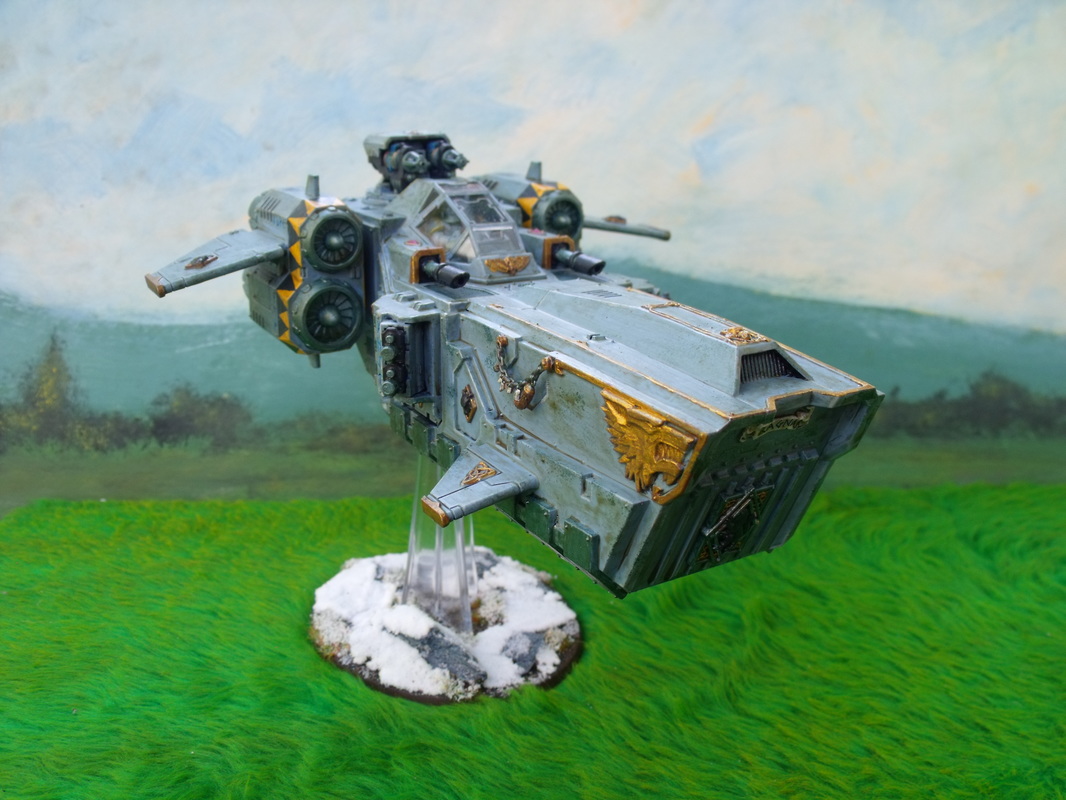
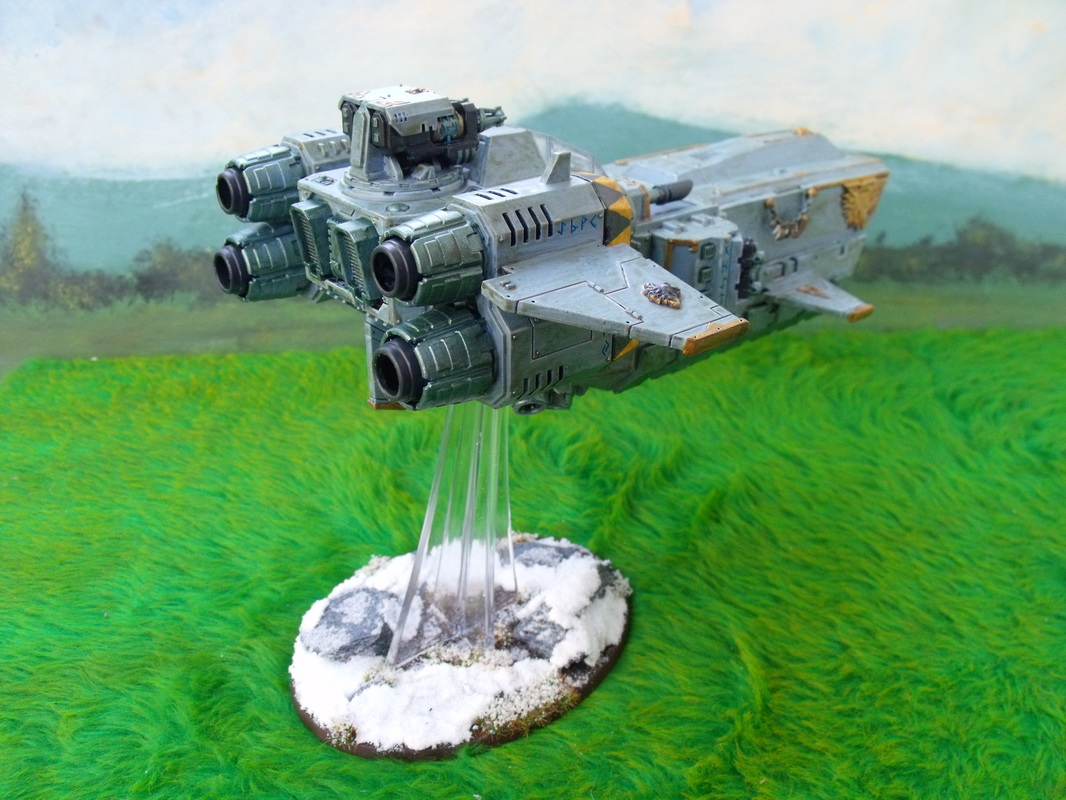
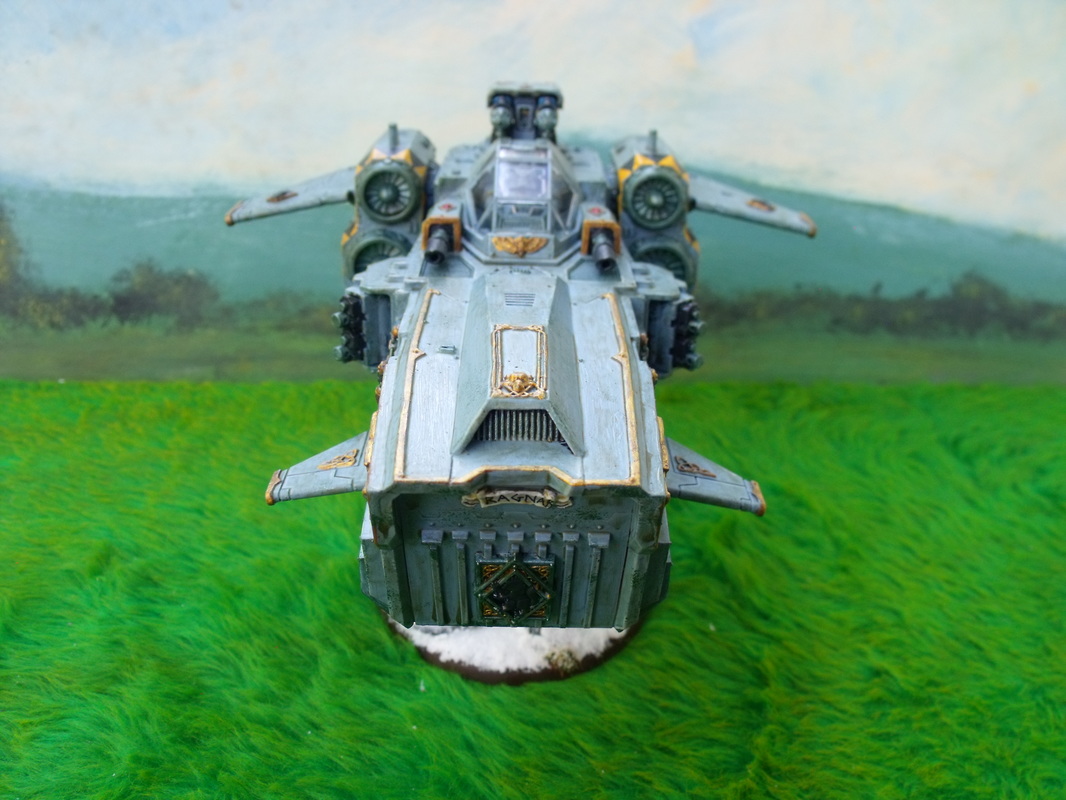


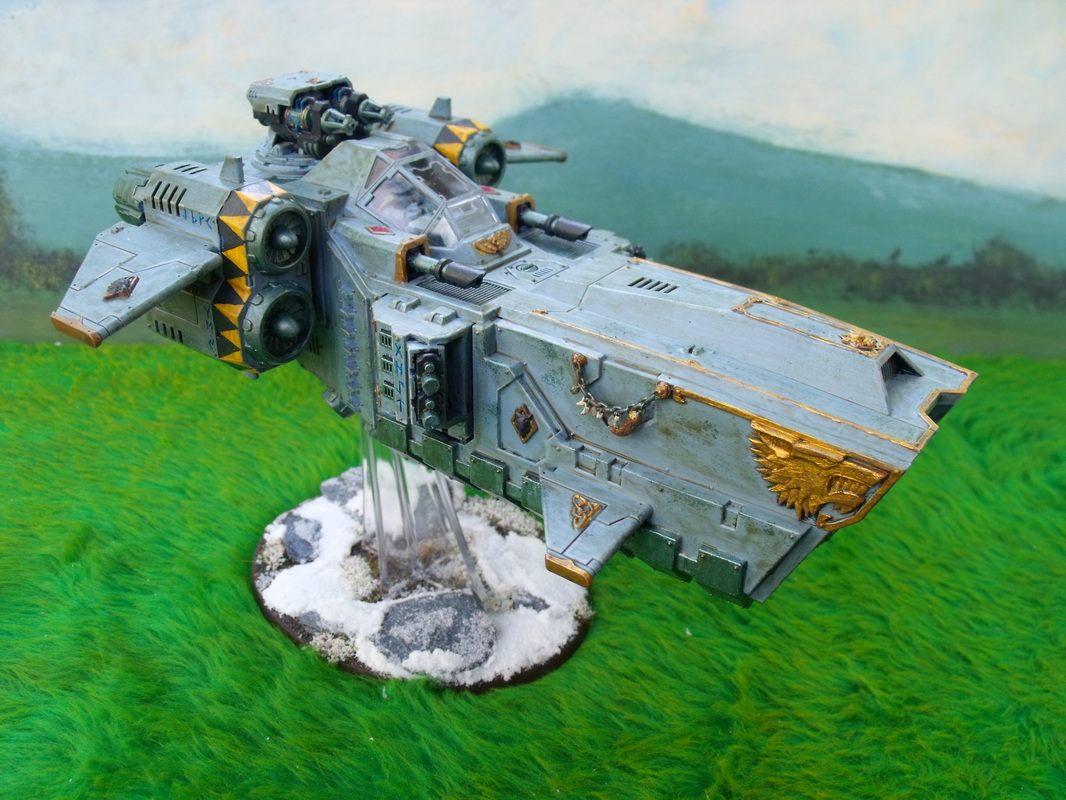
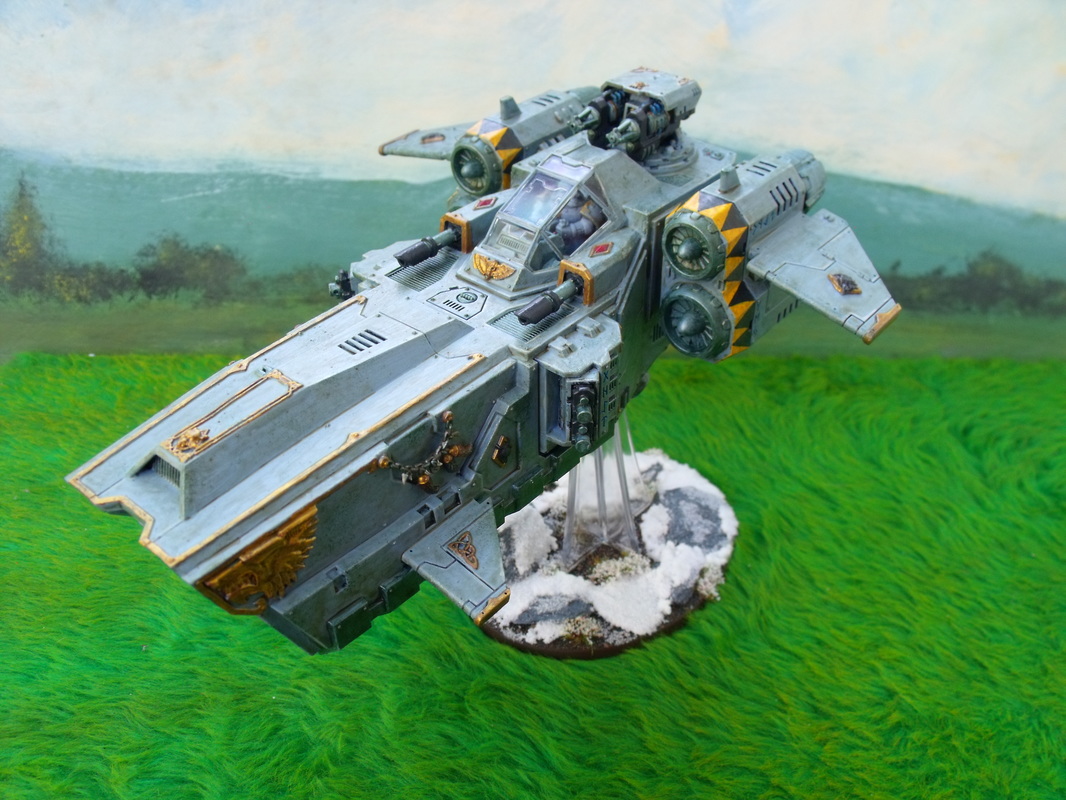
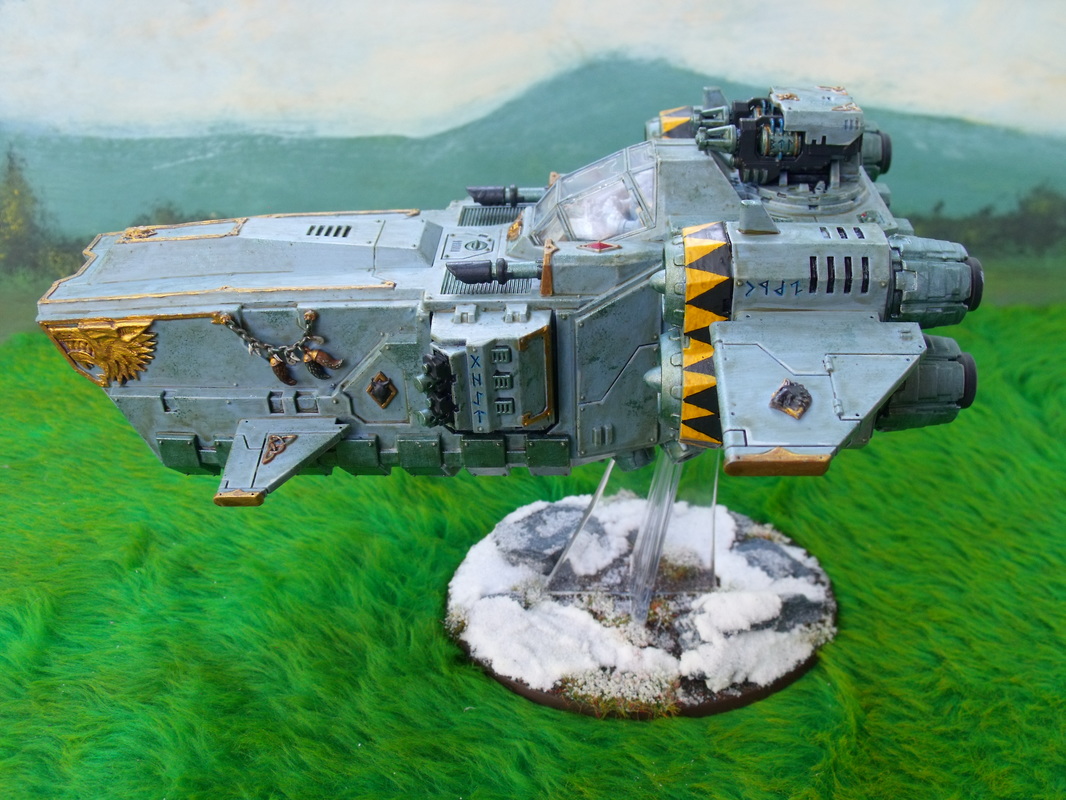
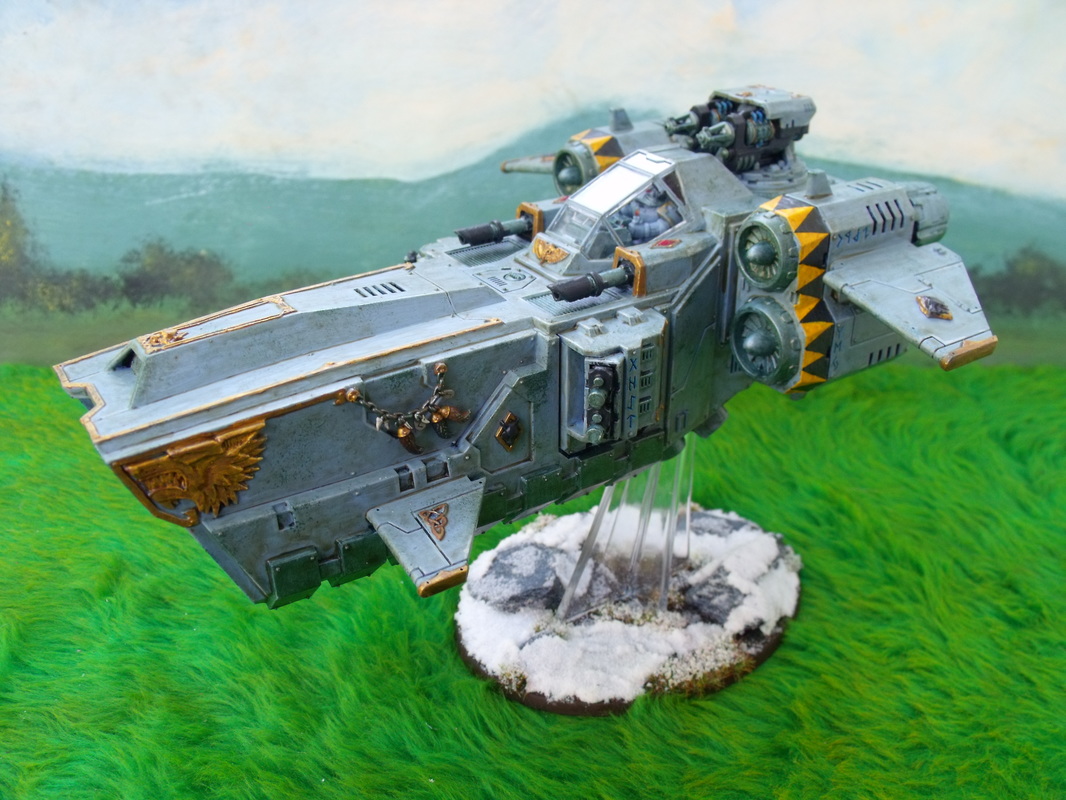
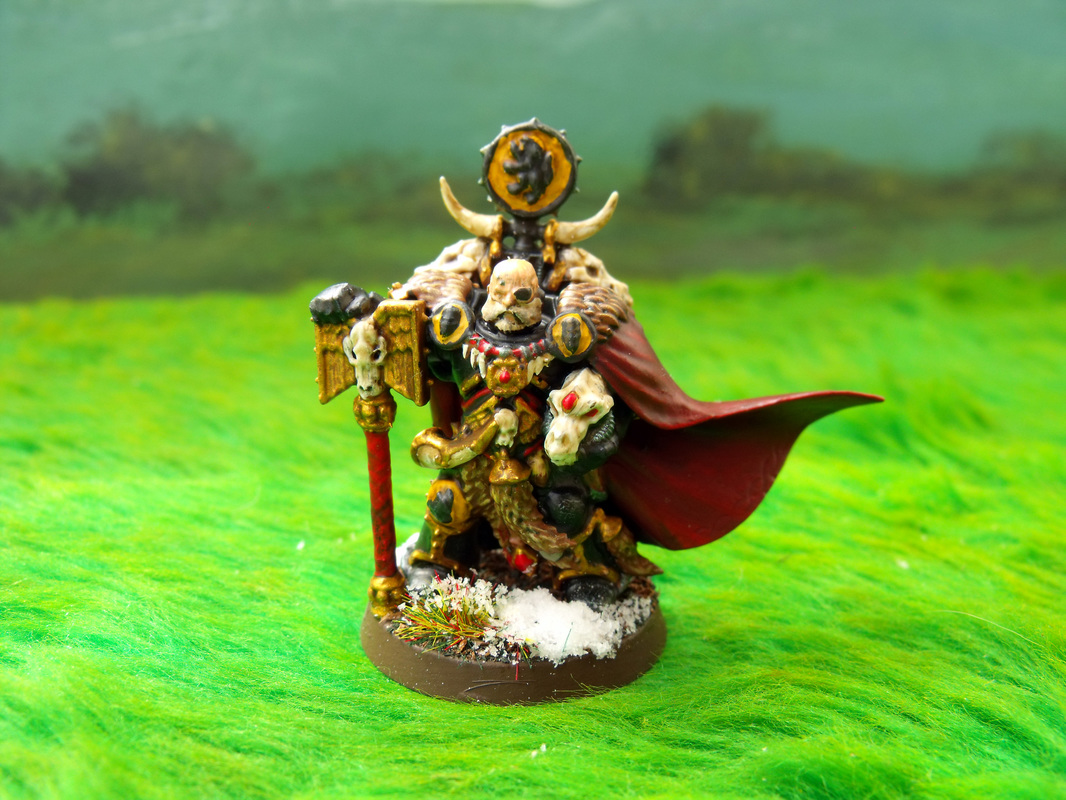


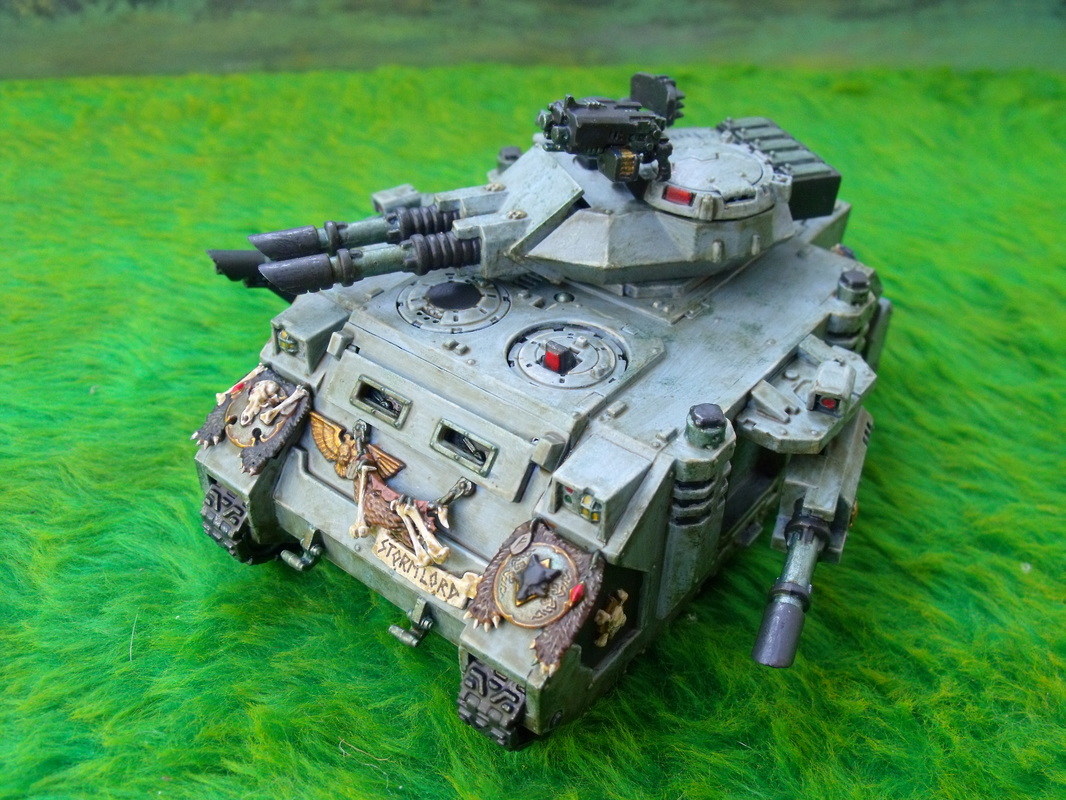

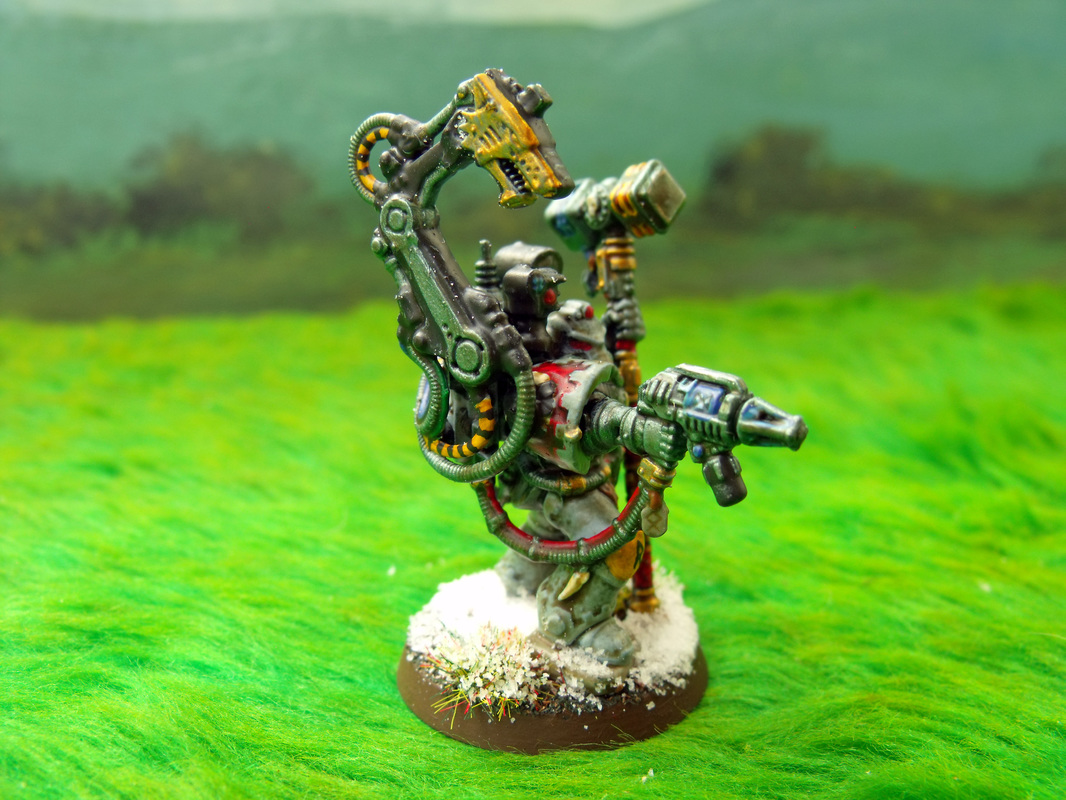

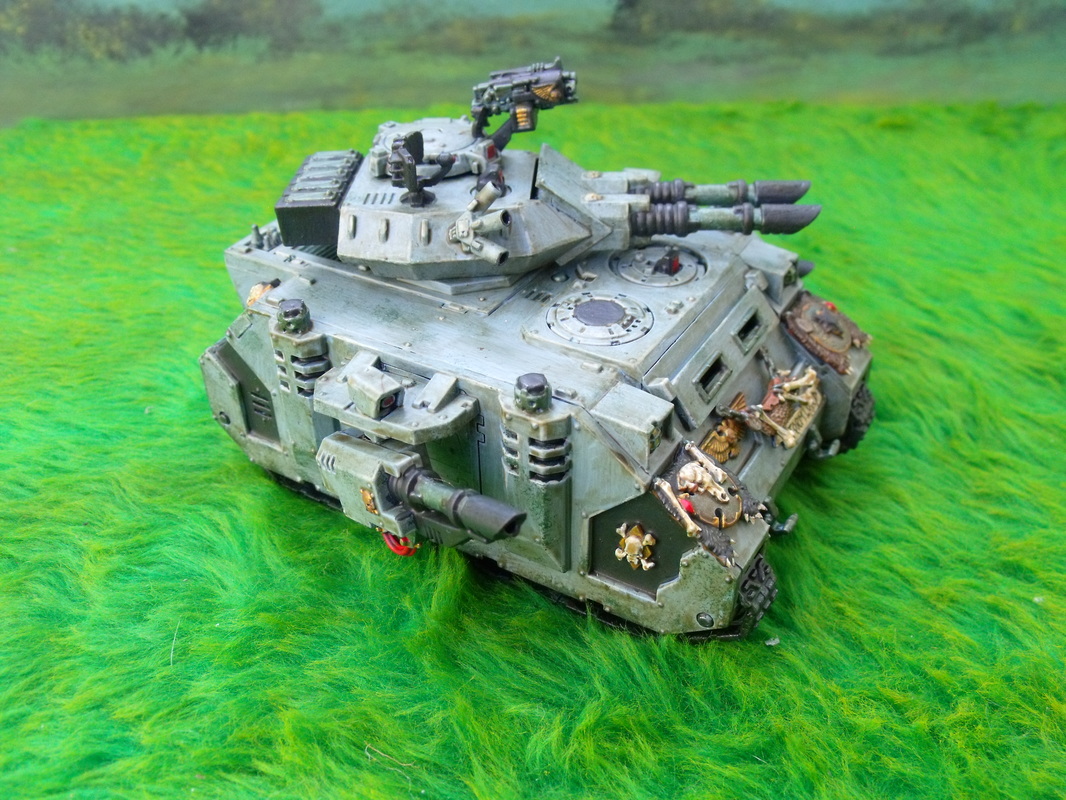

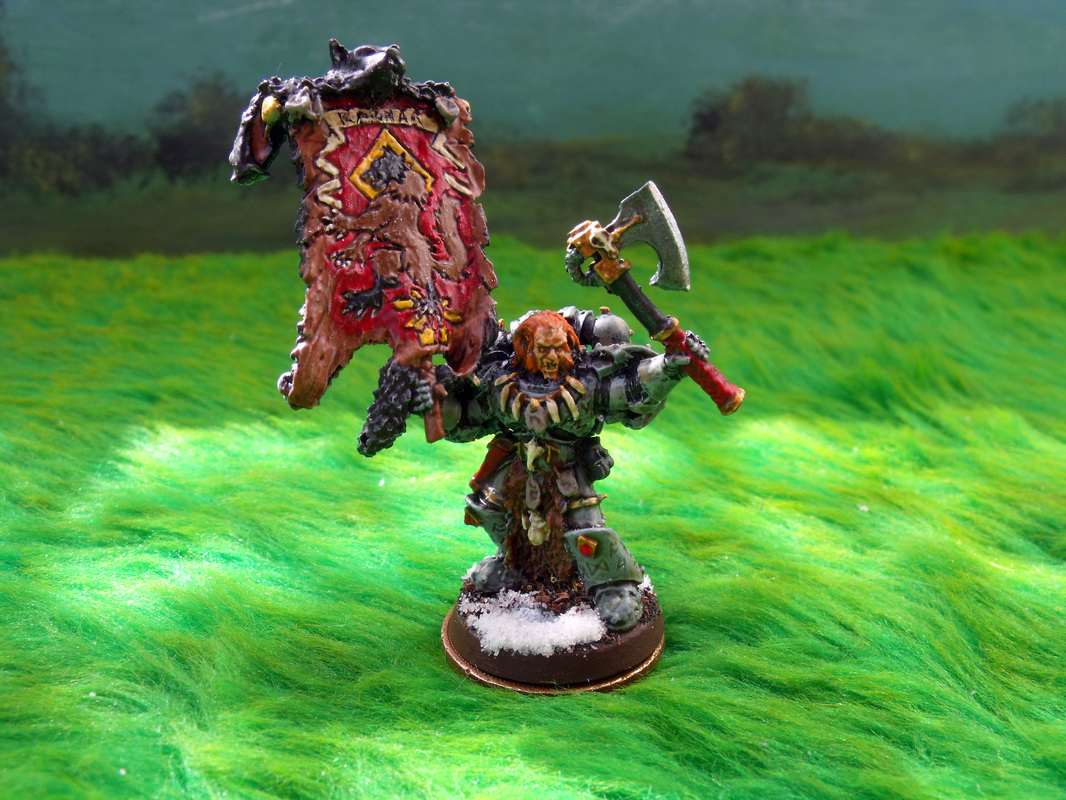
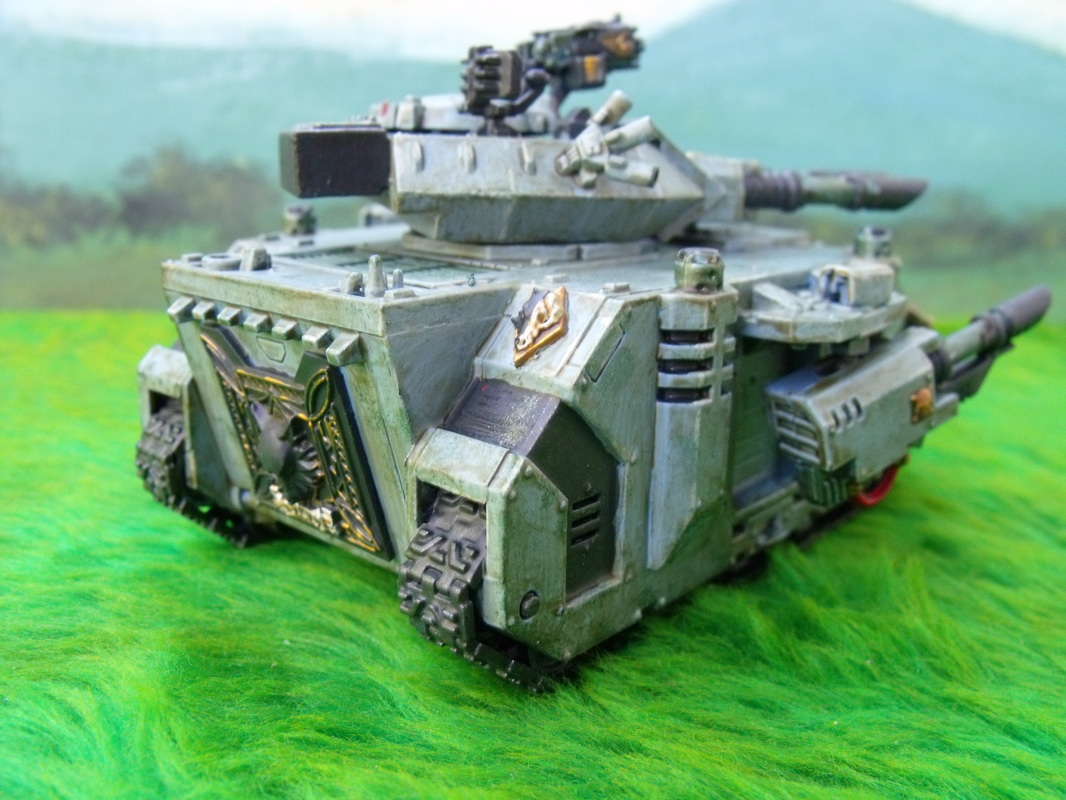
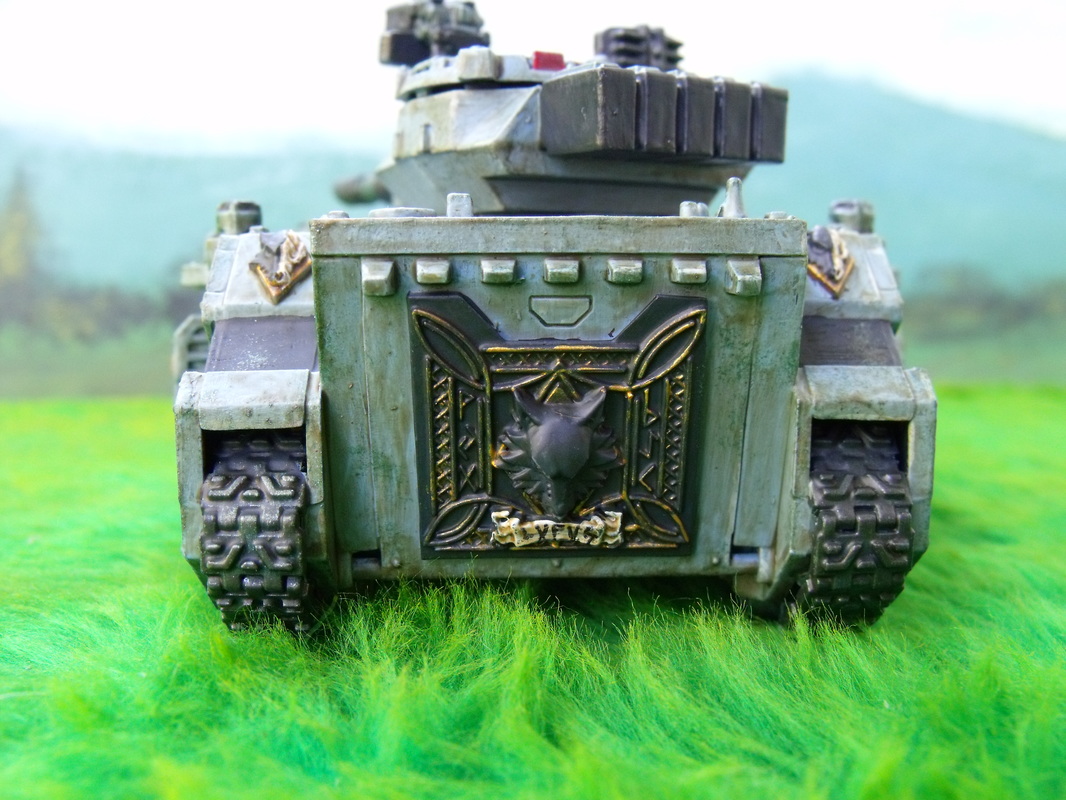
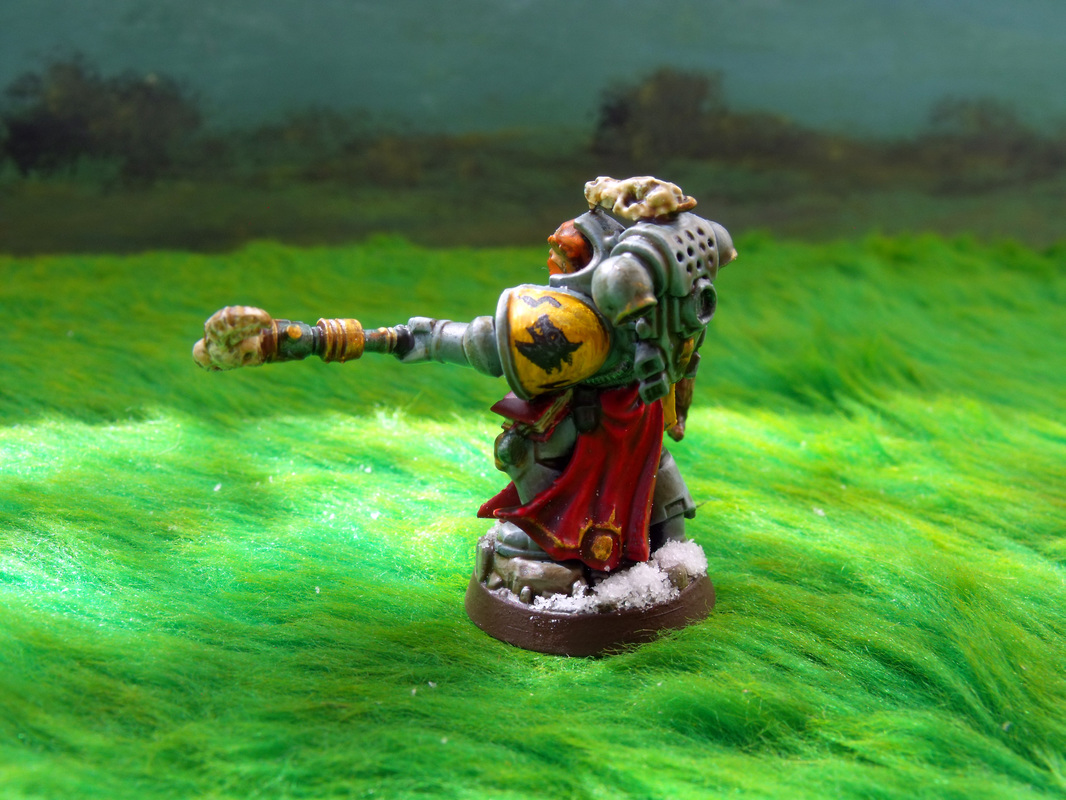
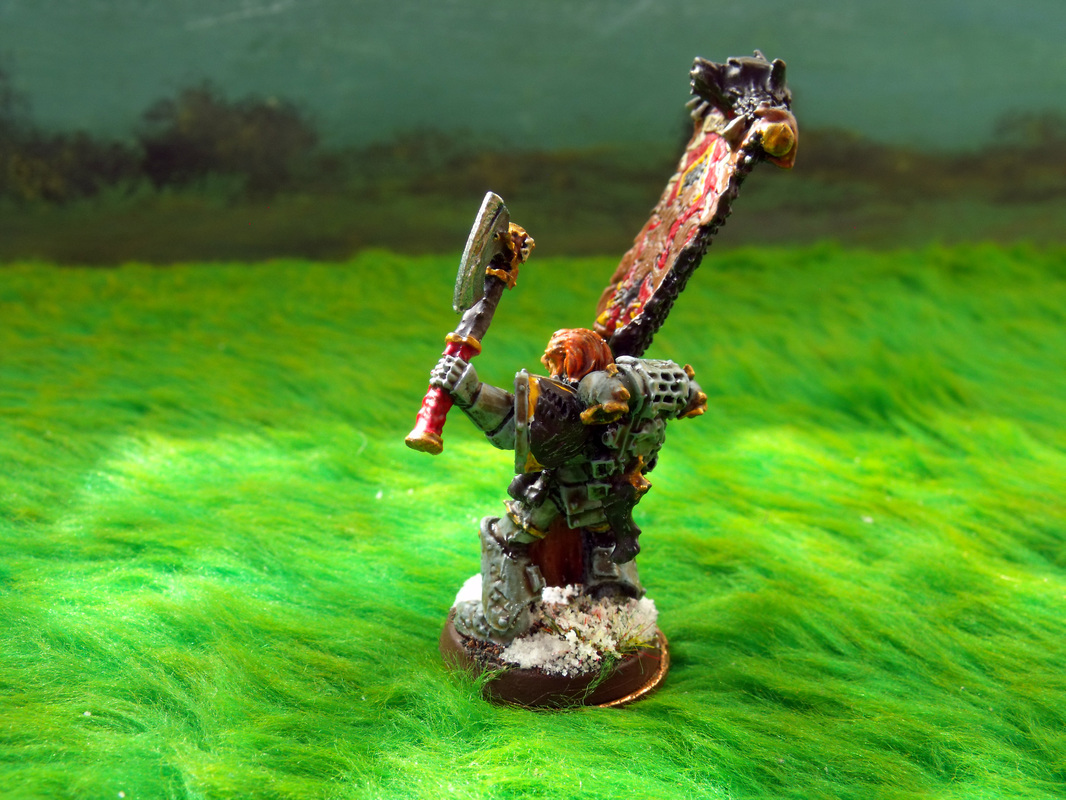

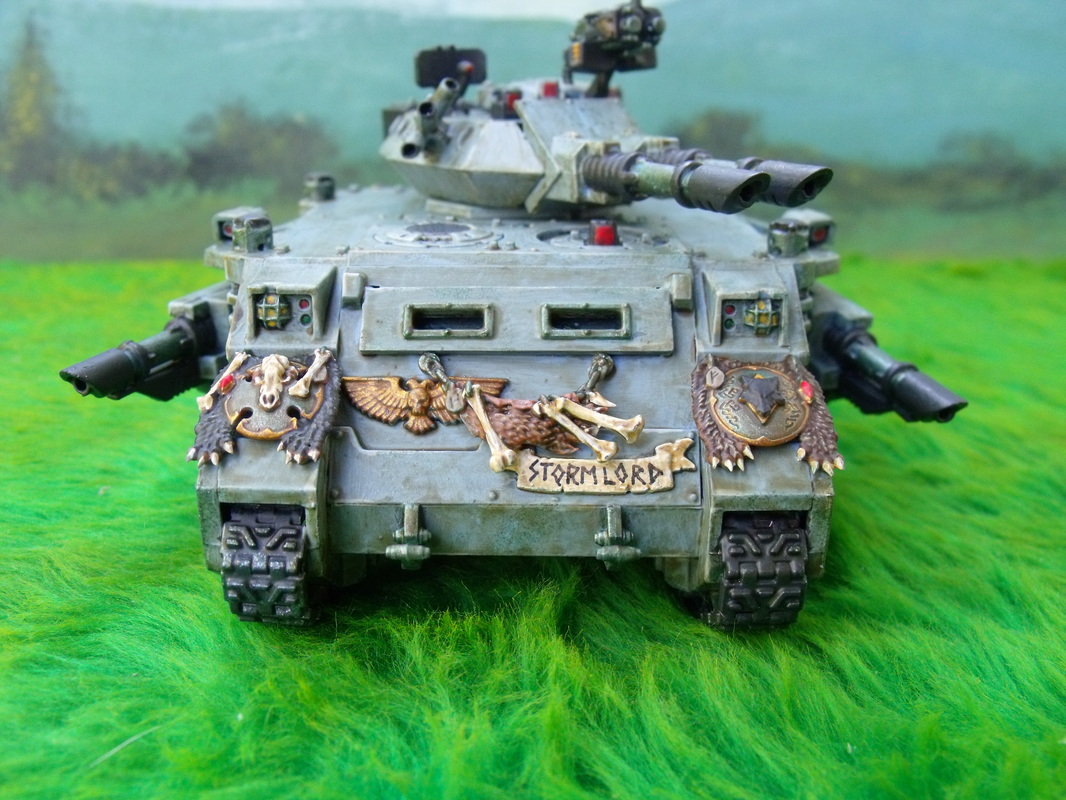
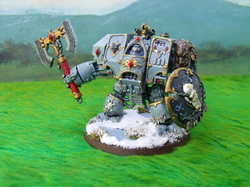
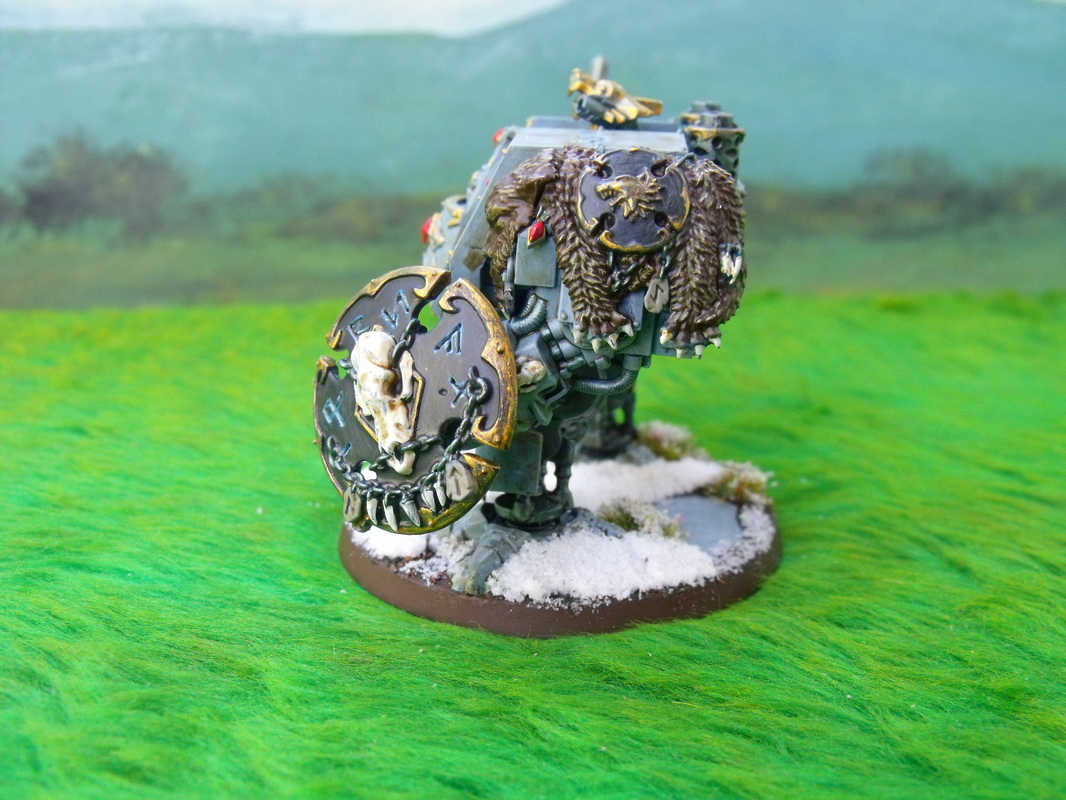





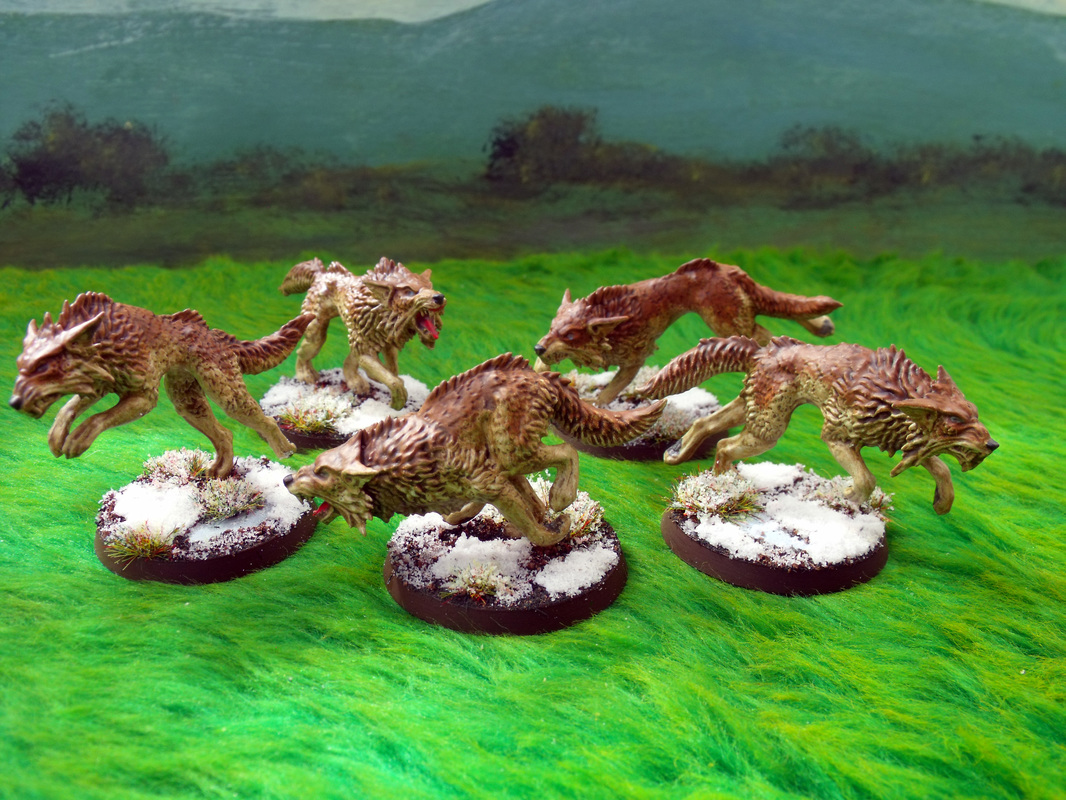
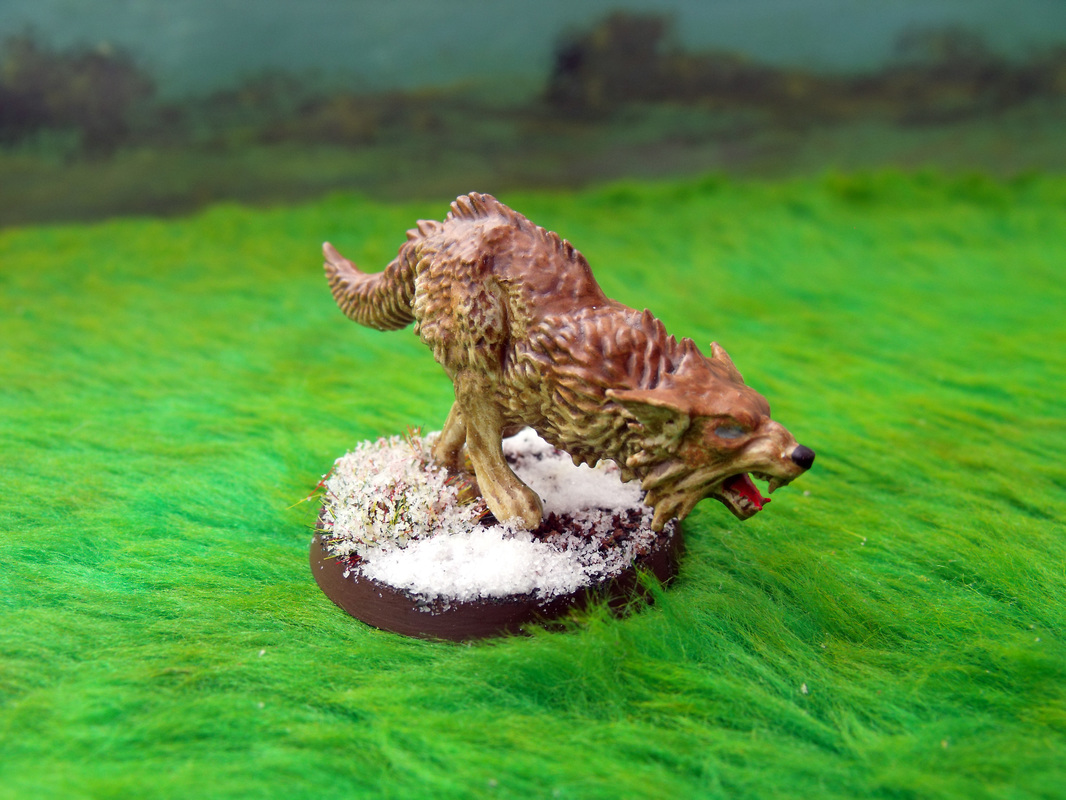

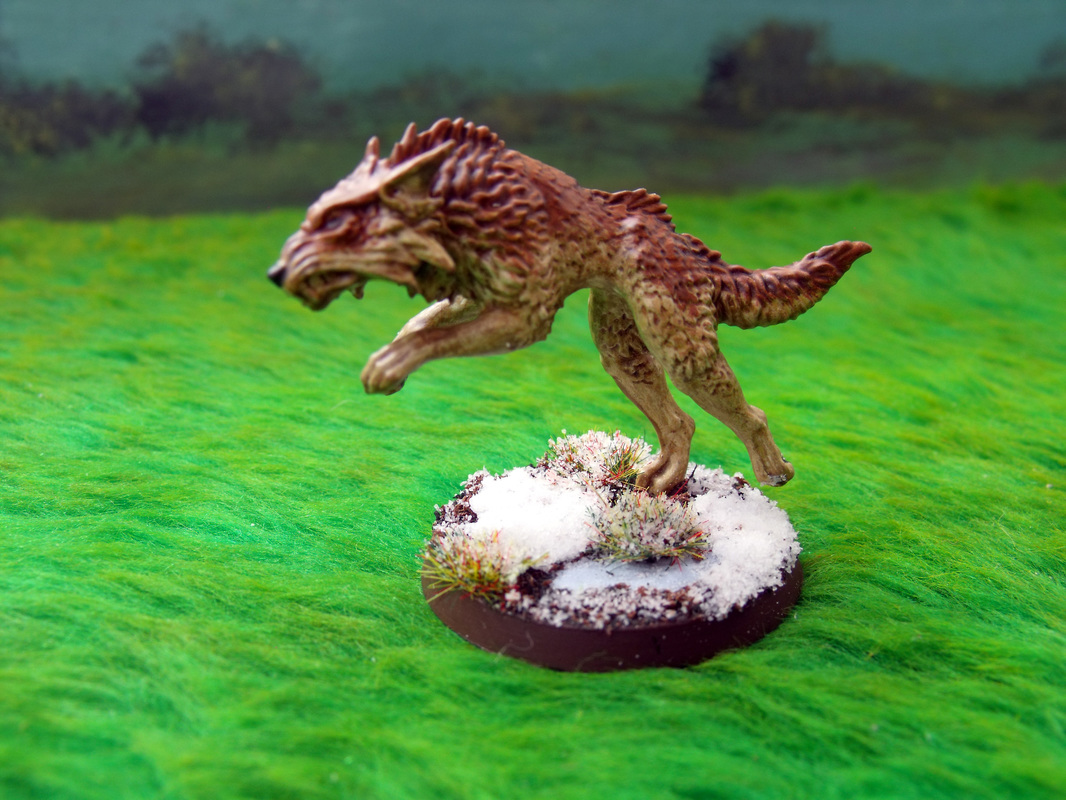


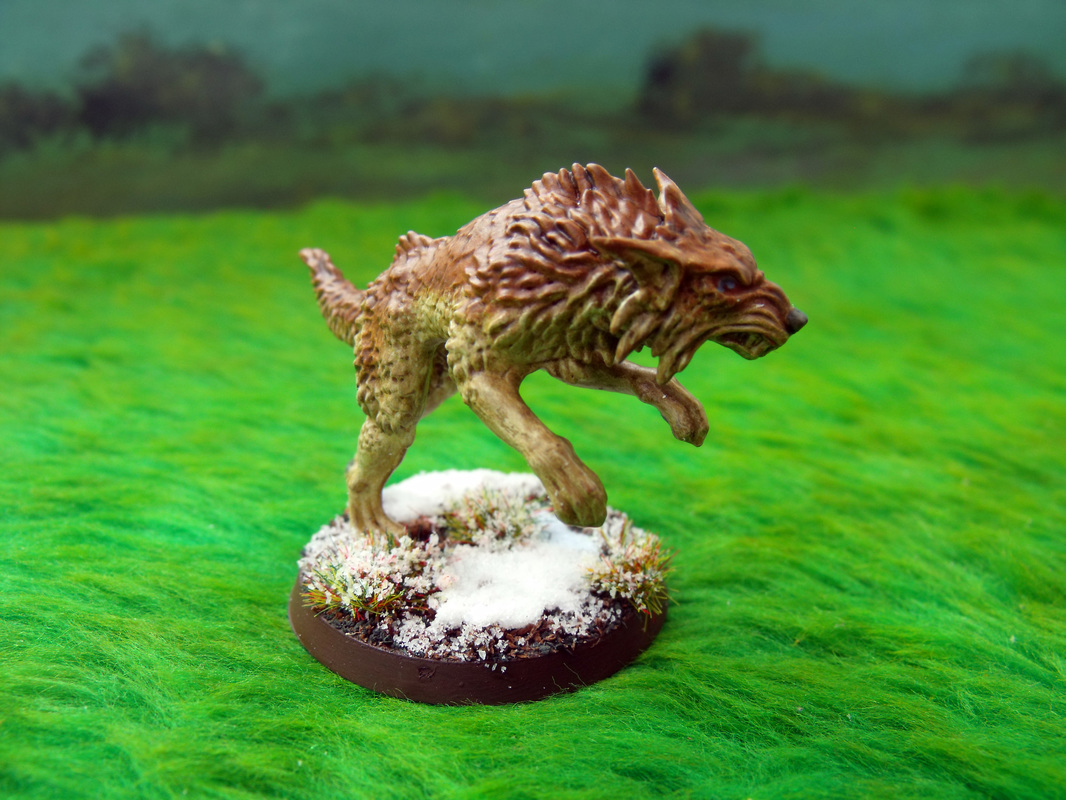

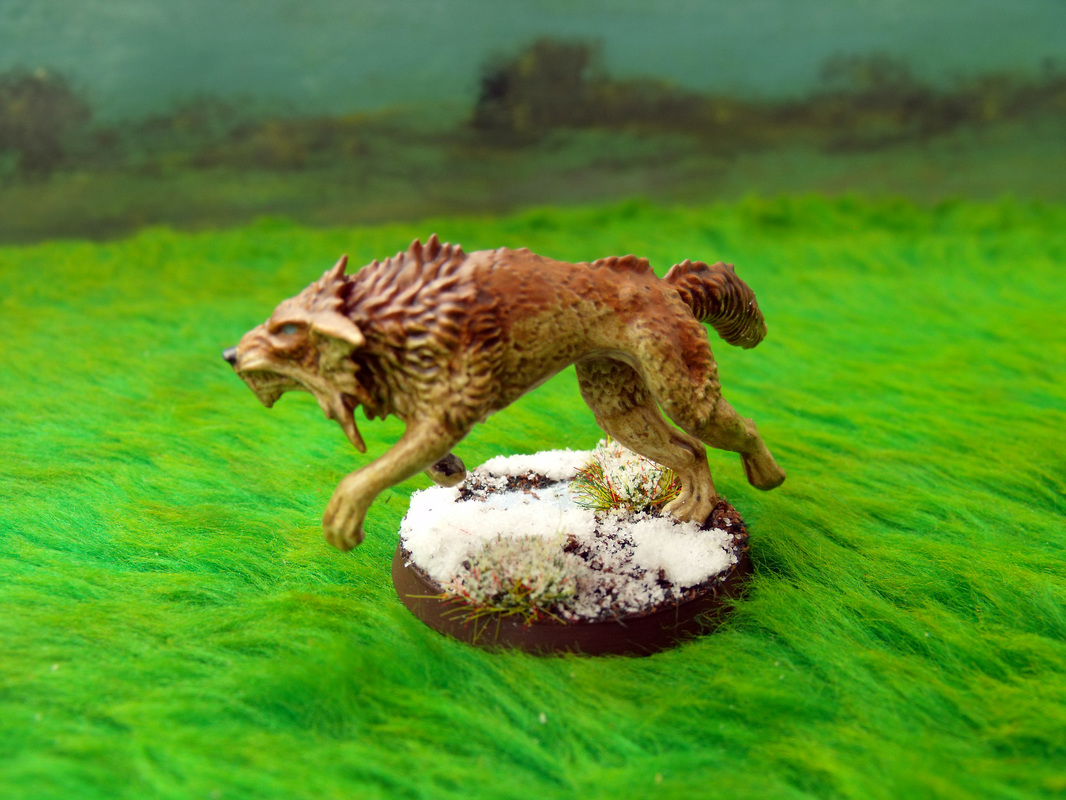
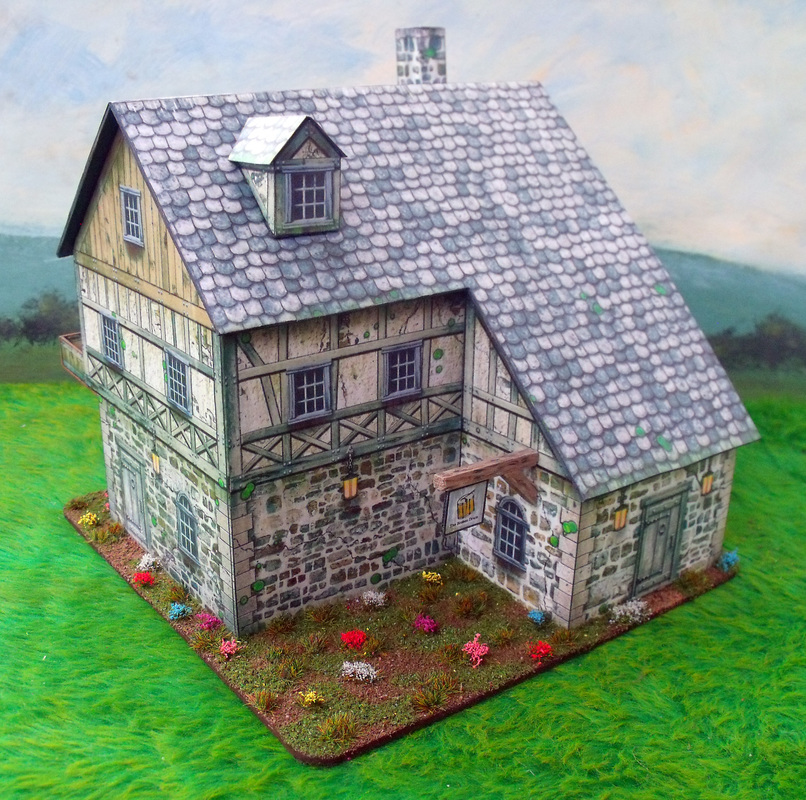

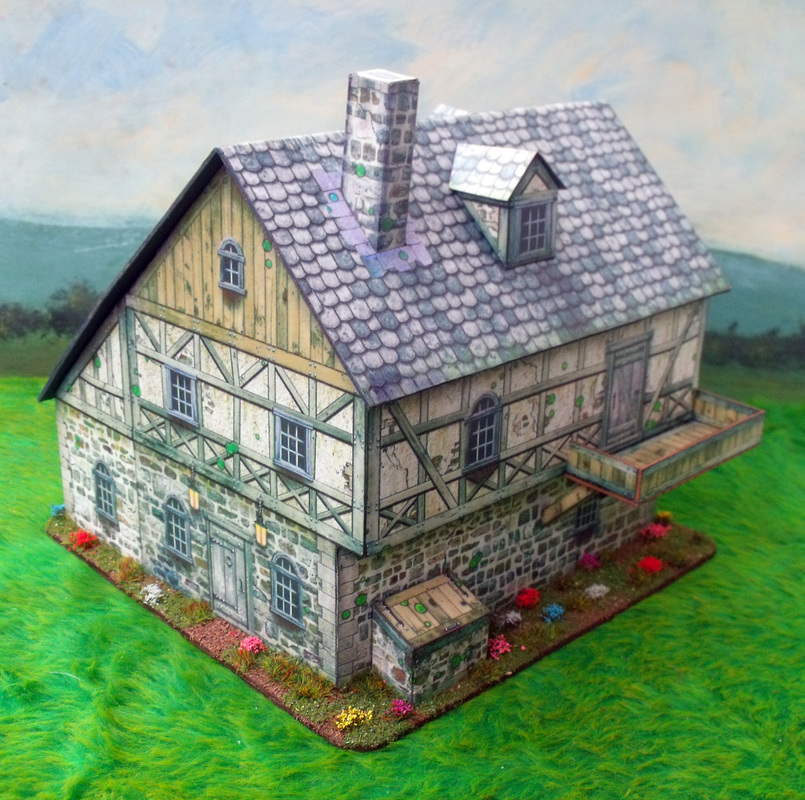
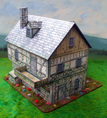
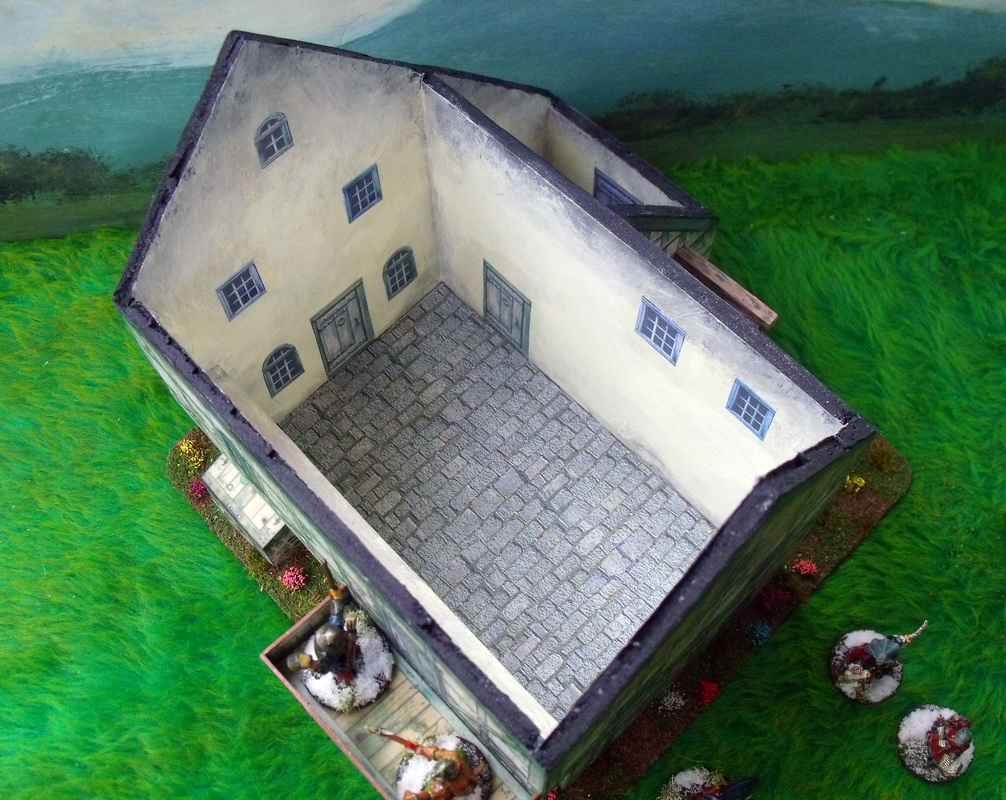
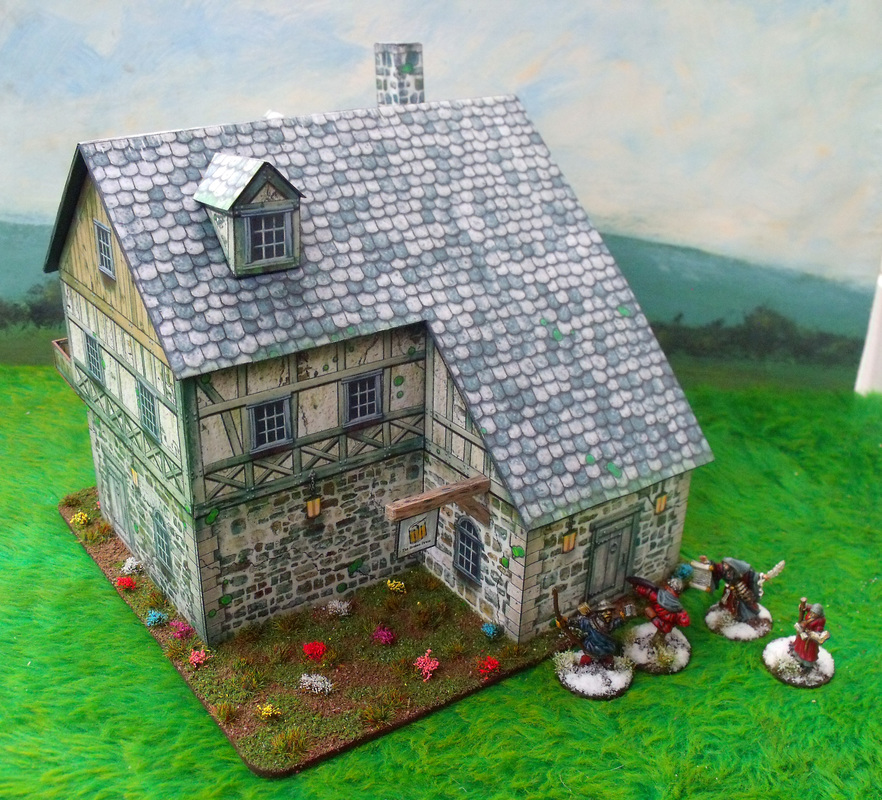
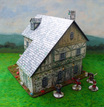

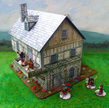
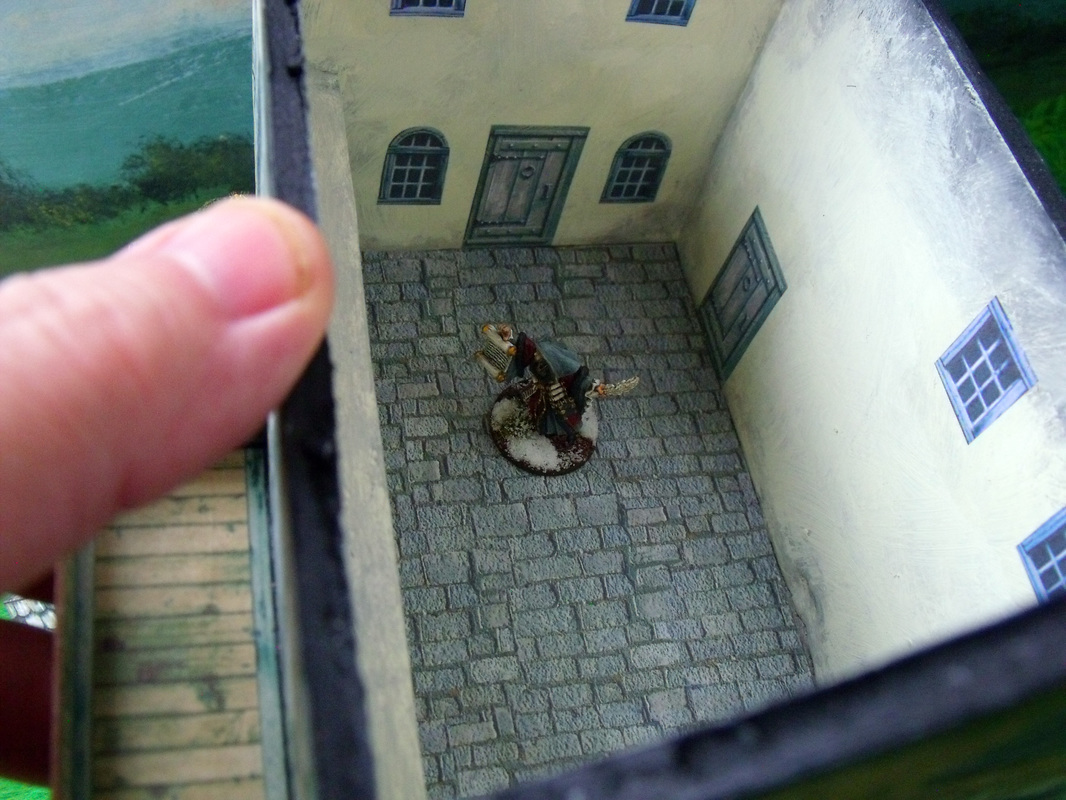
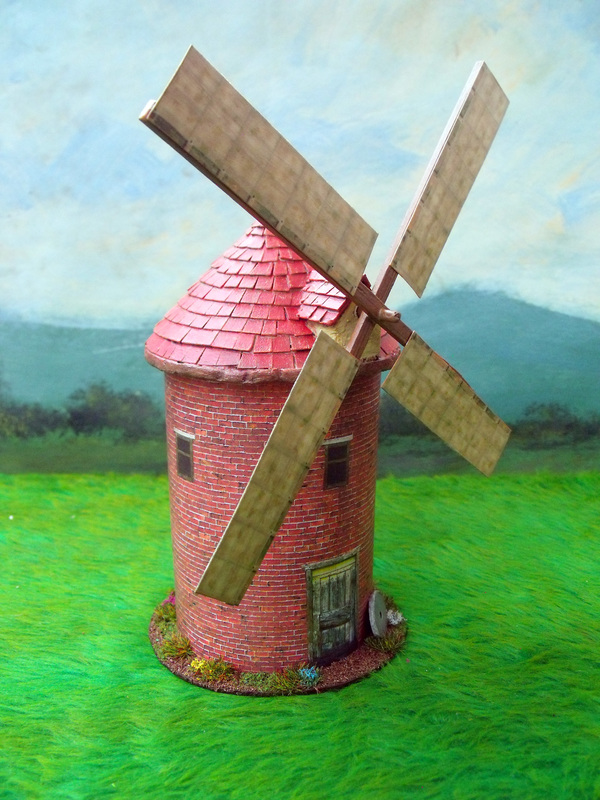

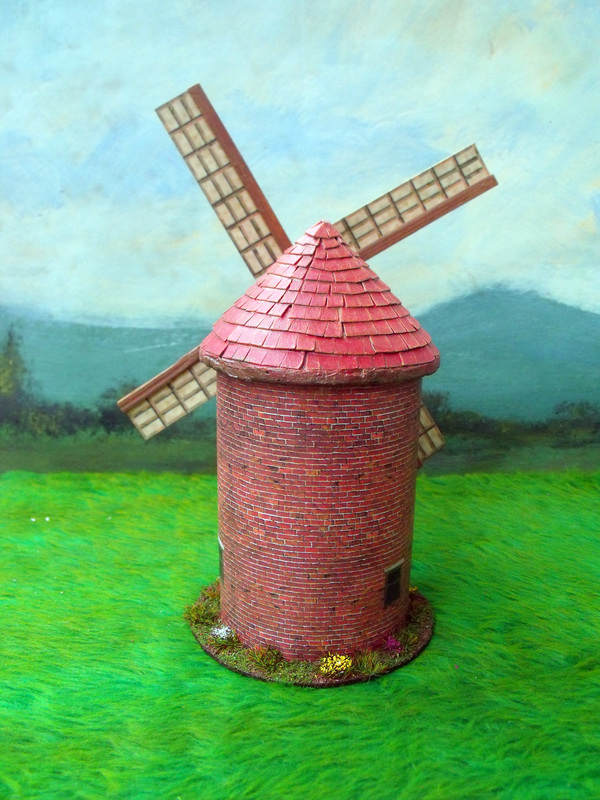
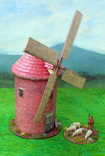

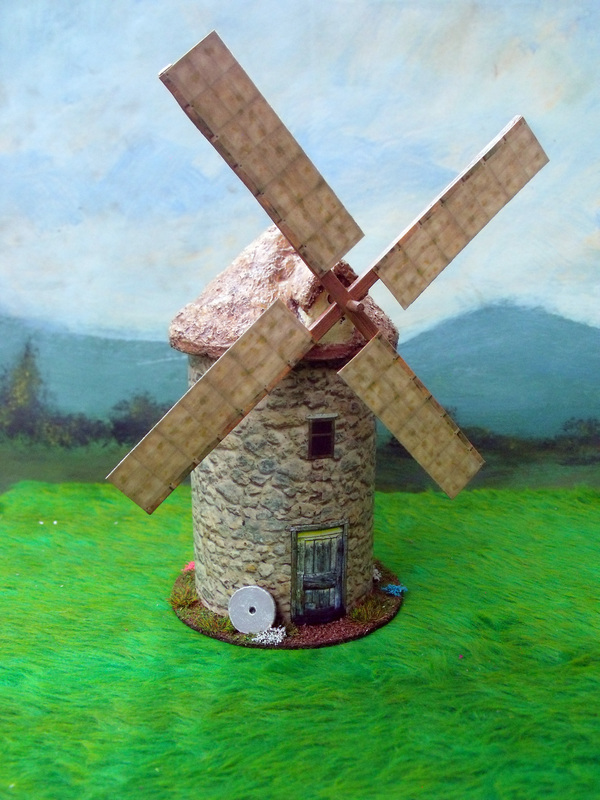


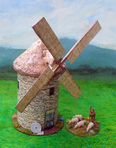
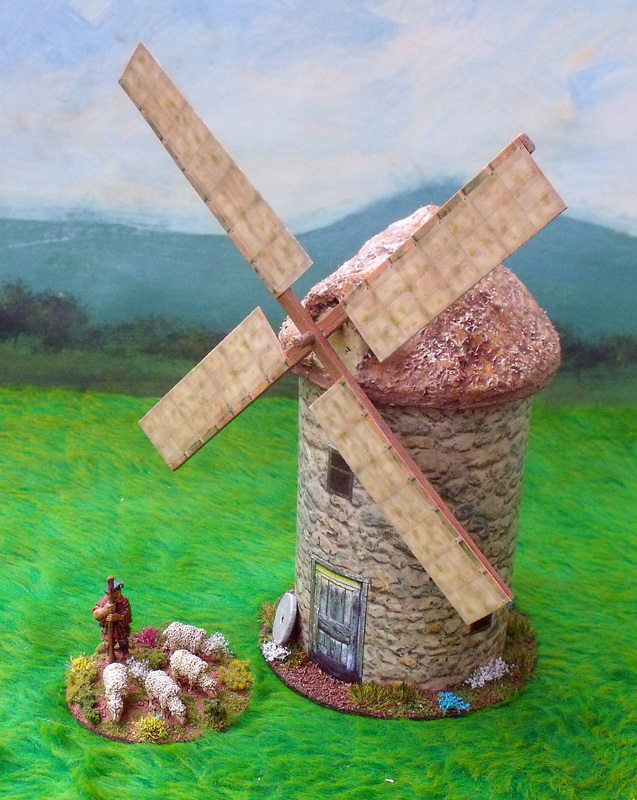

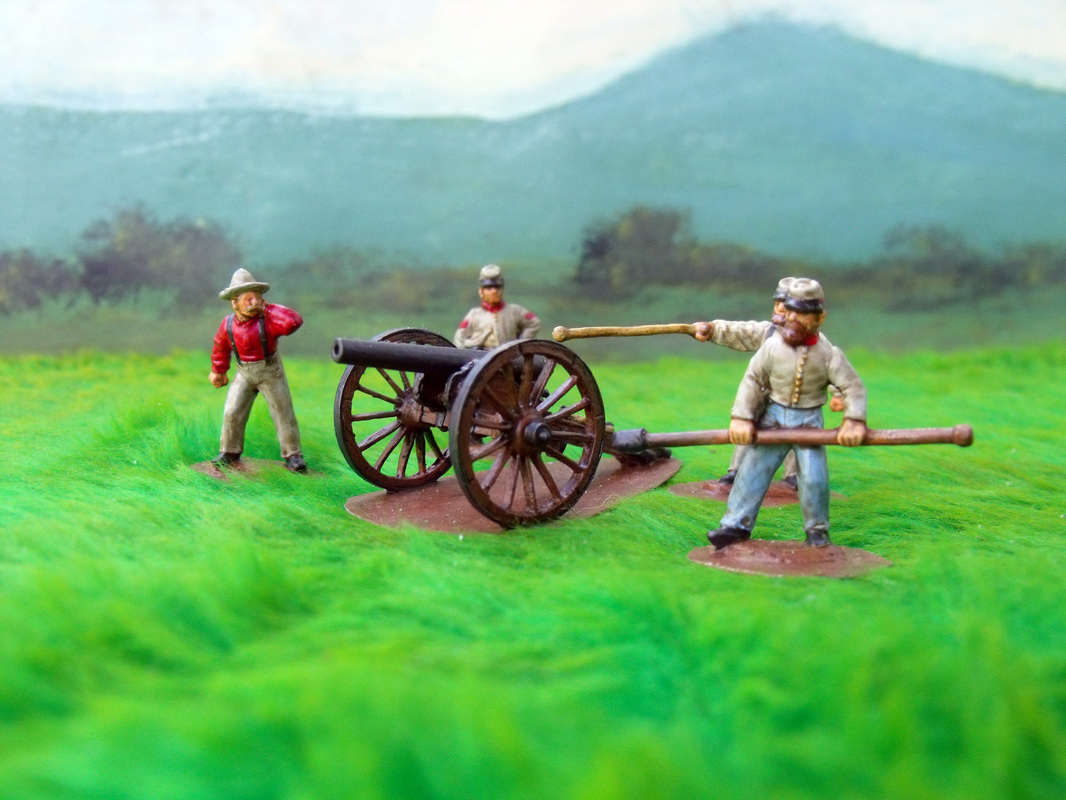

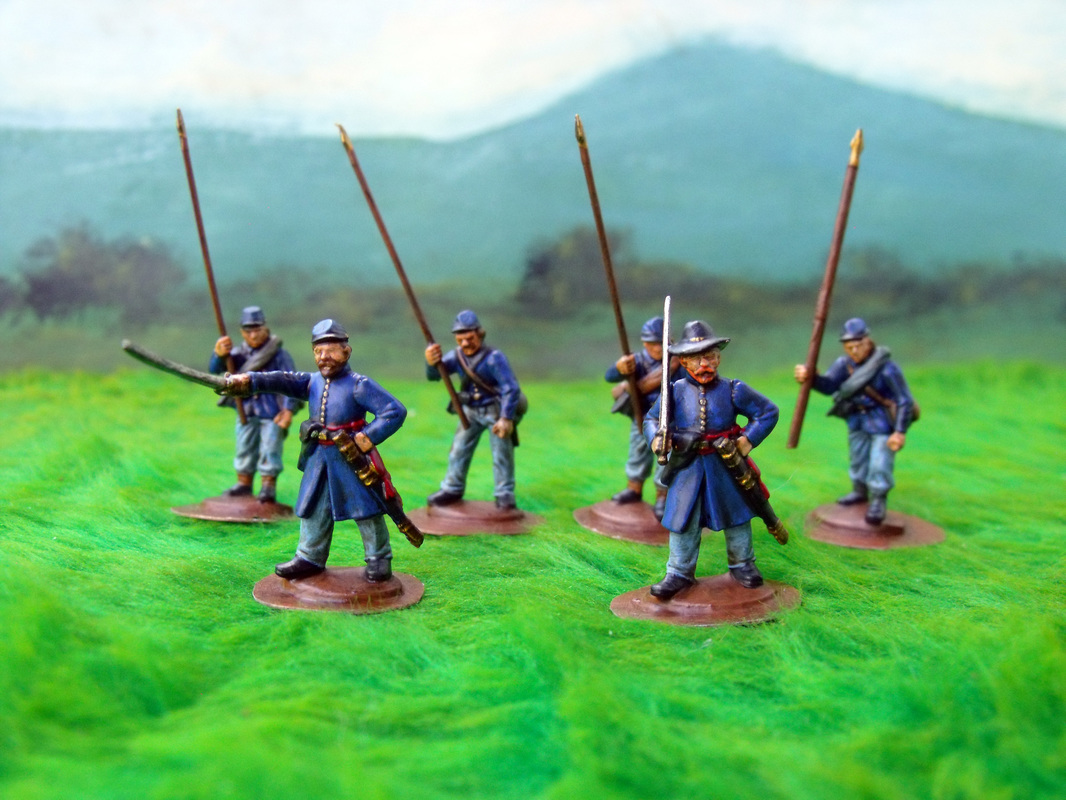


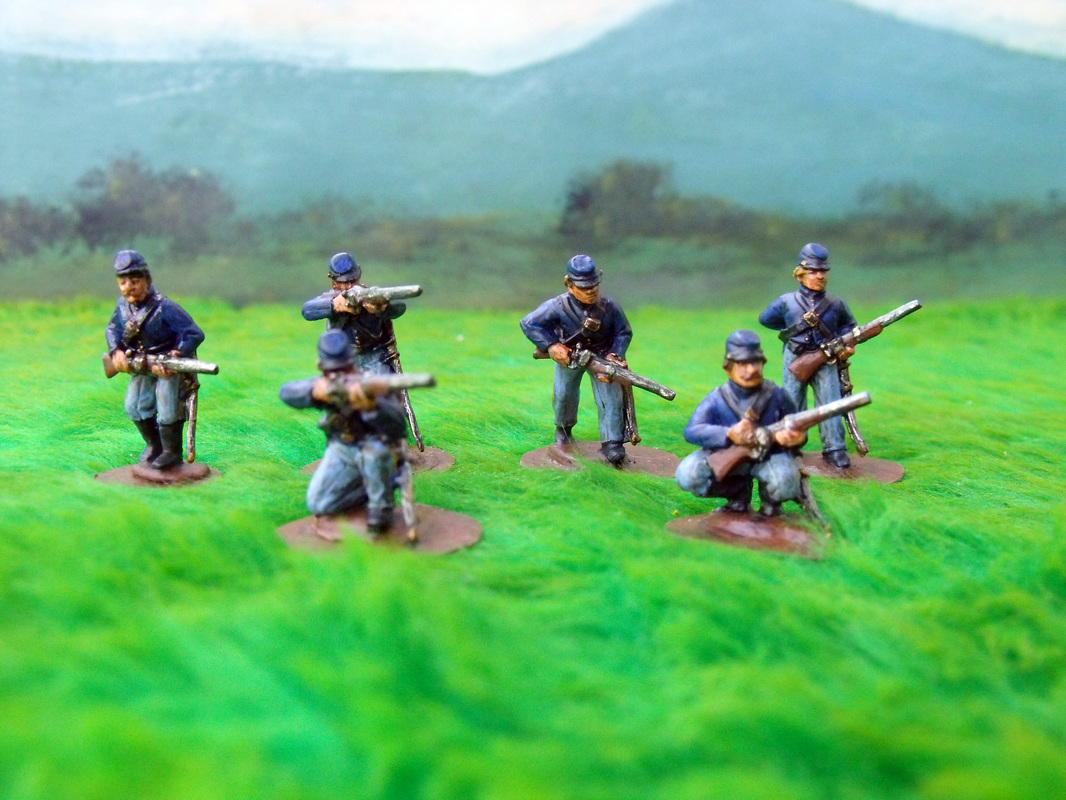
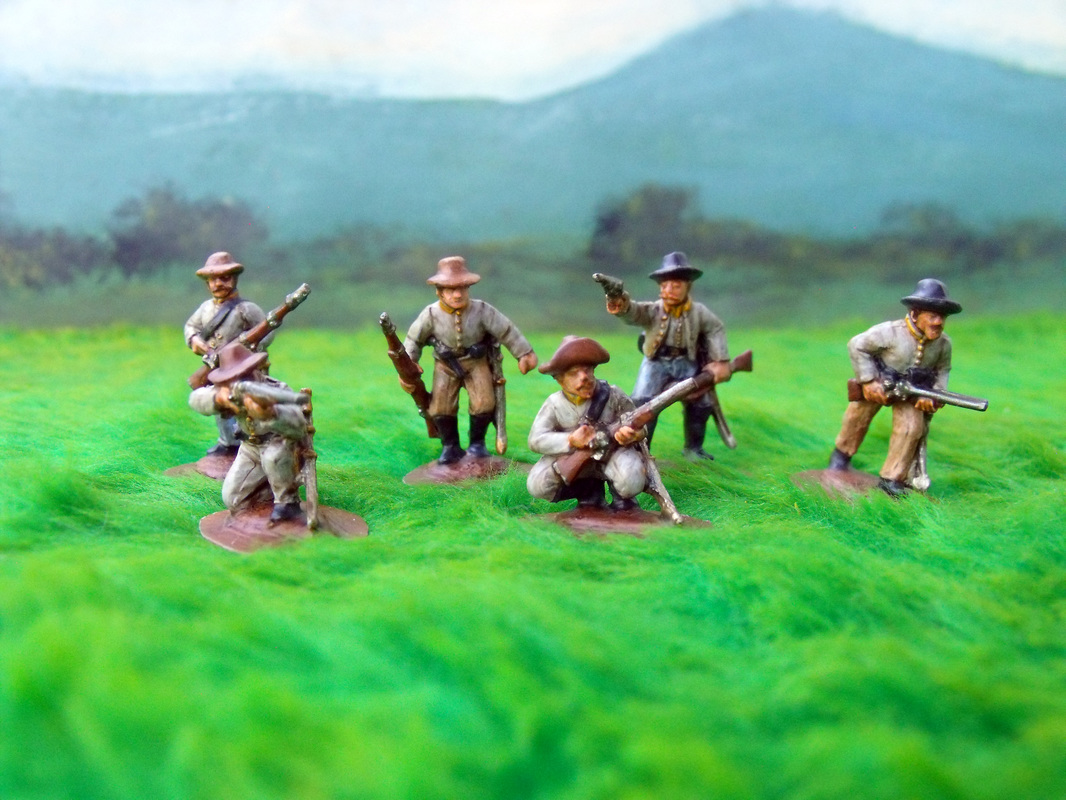



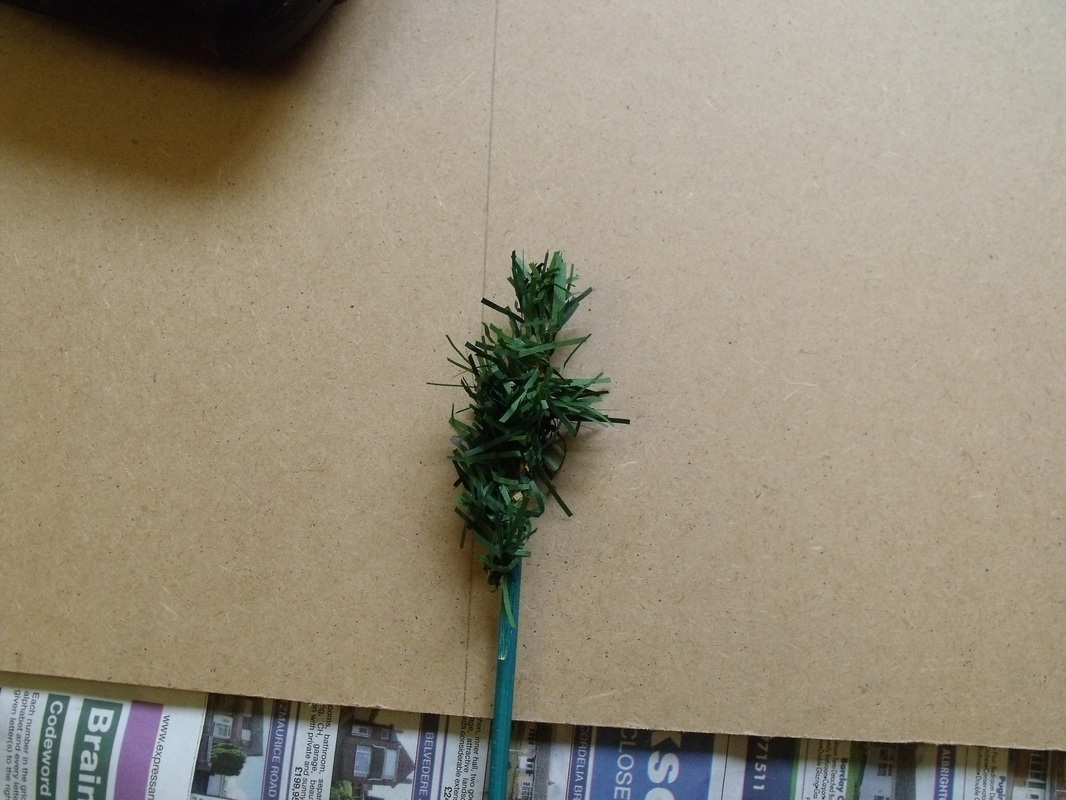


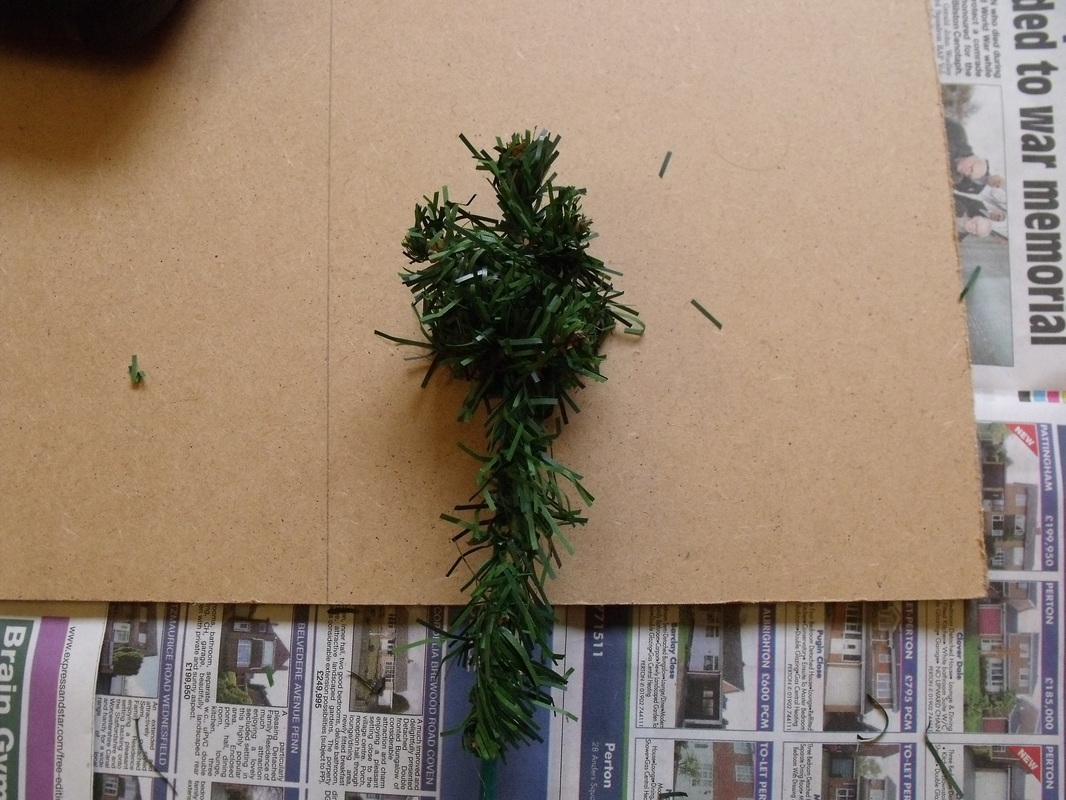


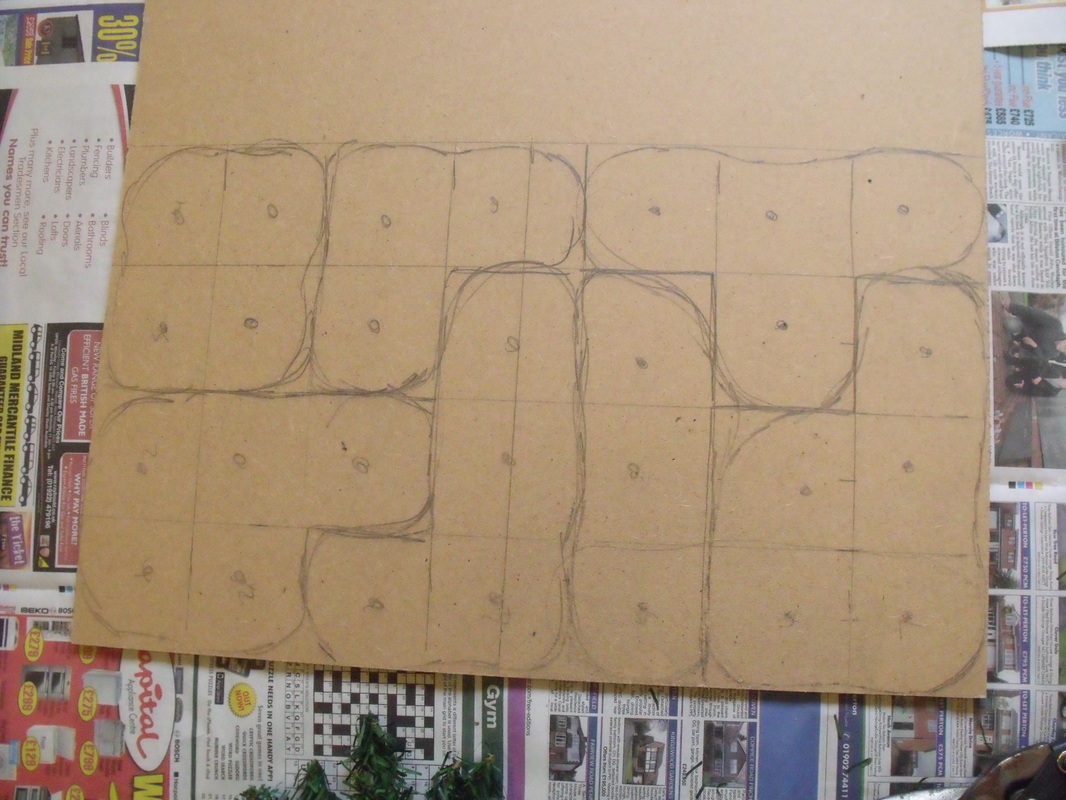
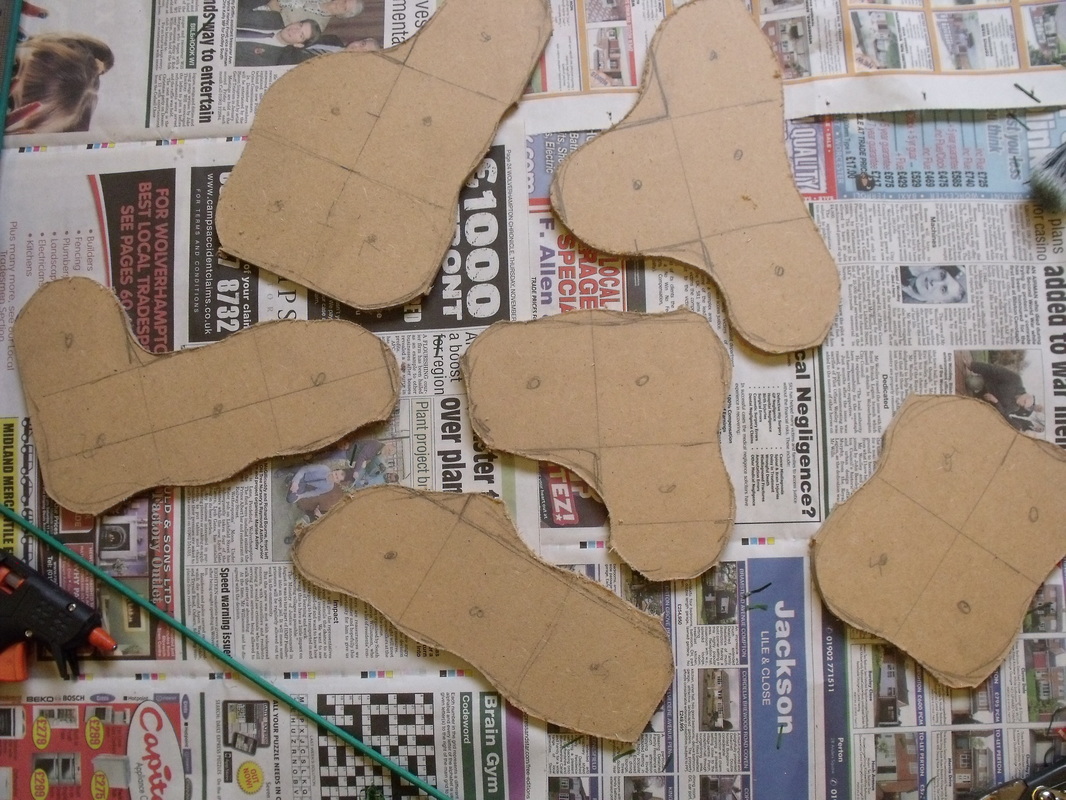

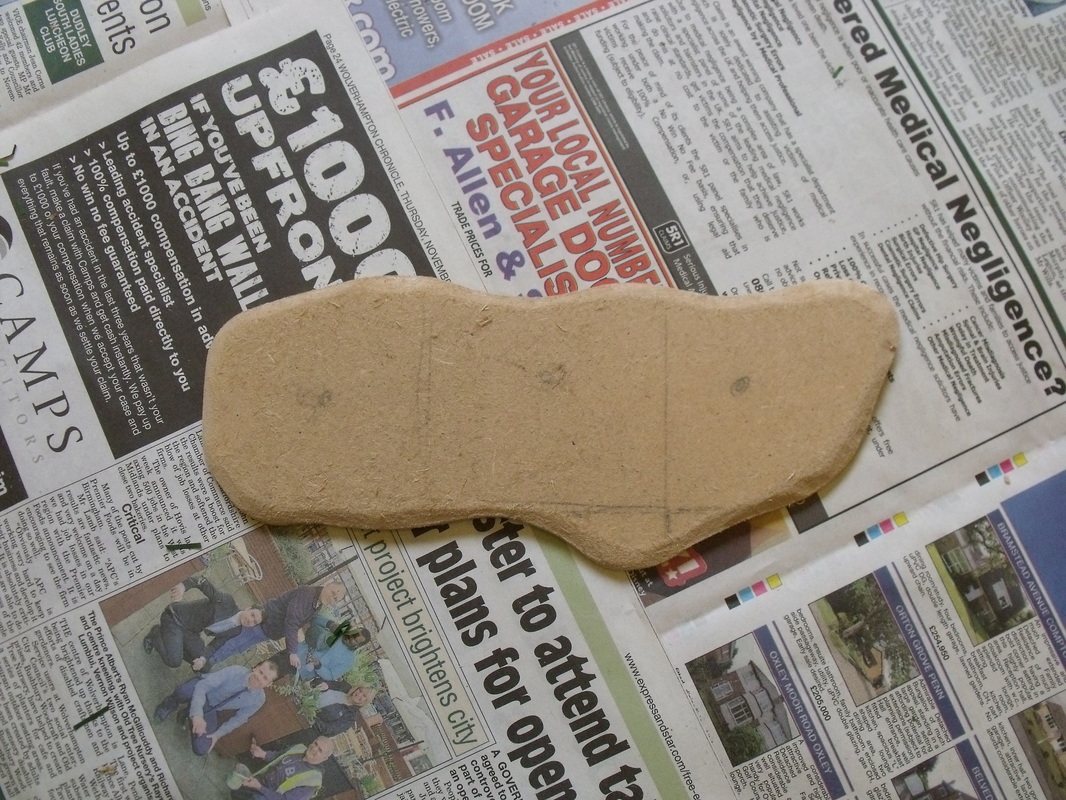

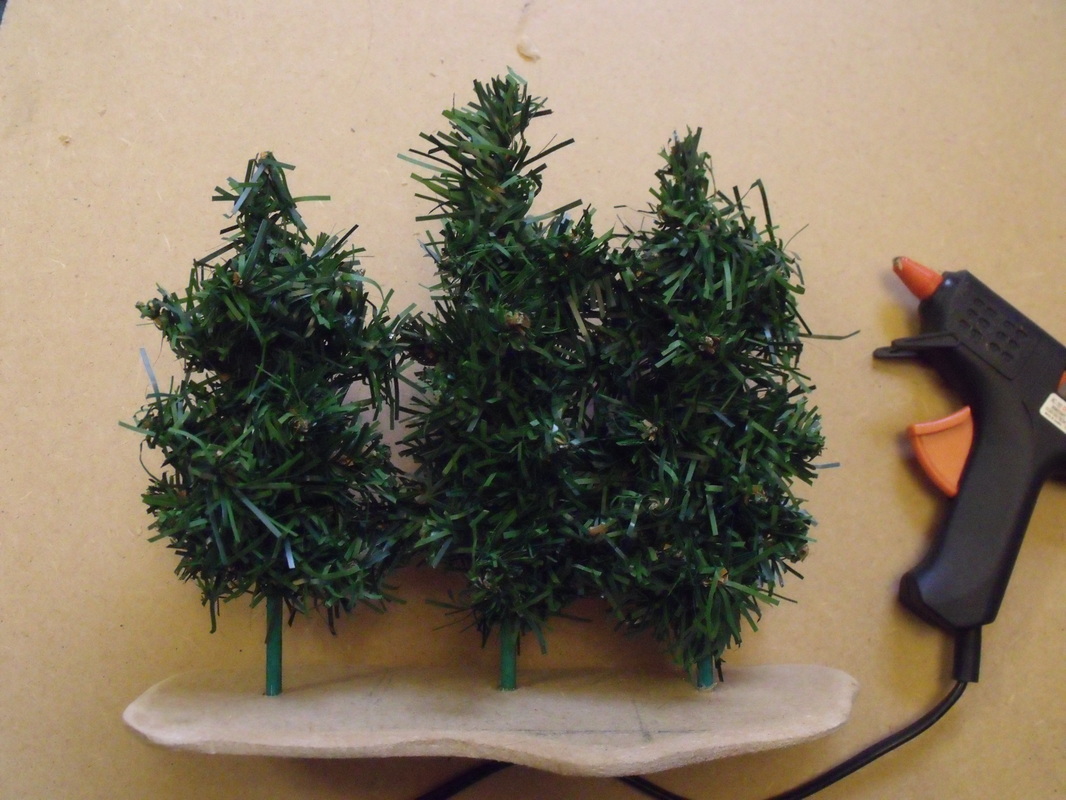
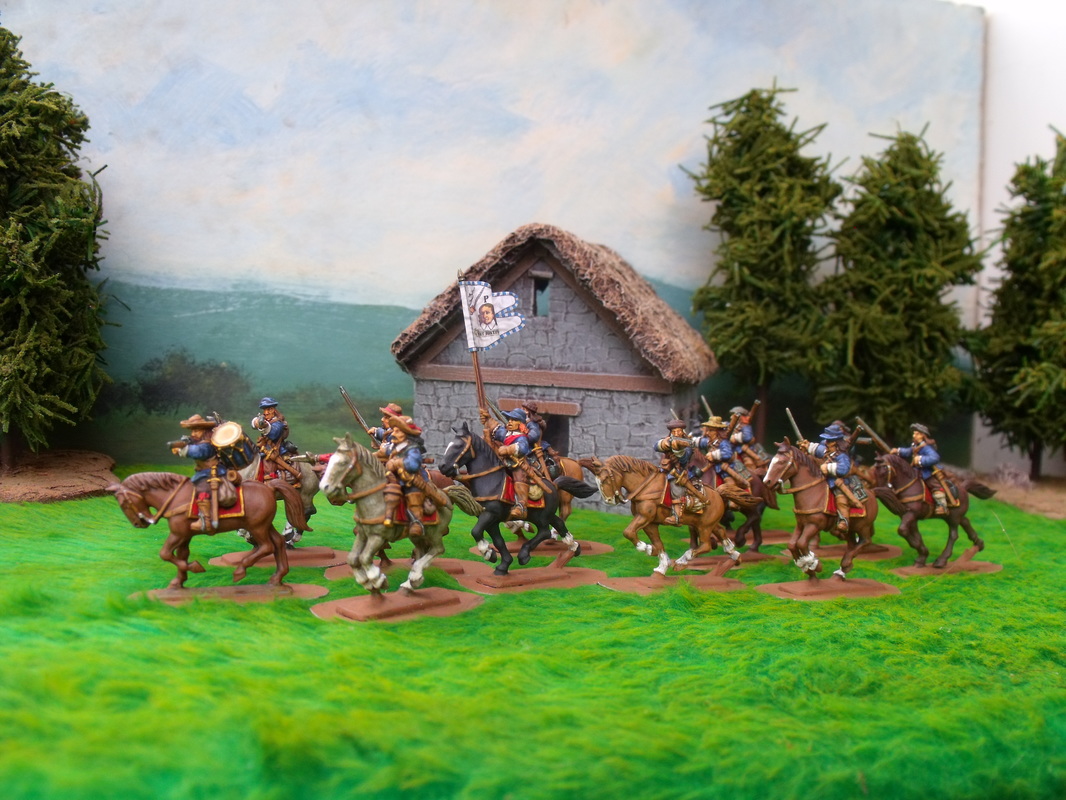
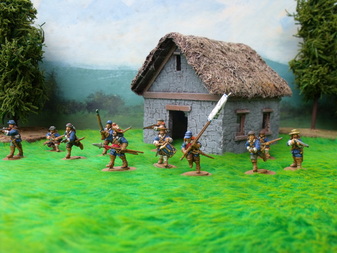
 RSS Feed
RSS Feed